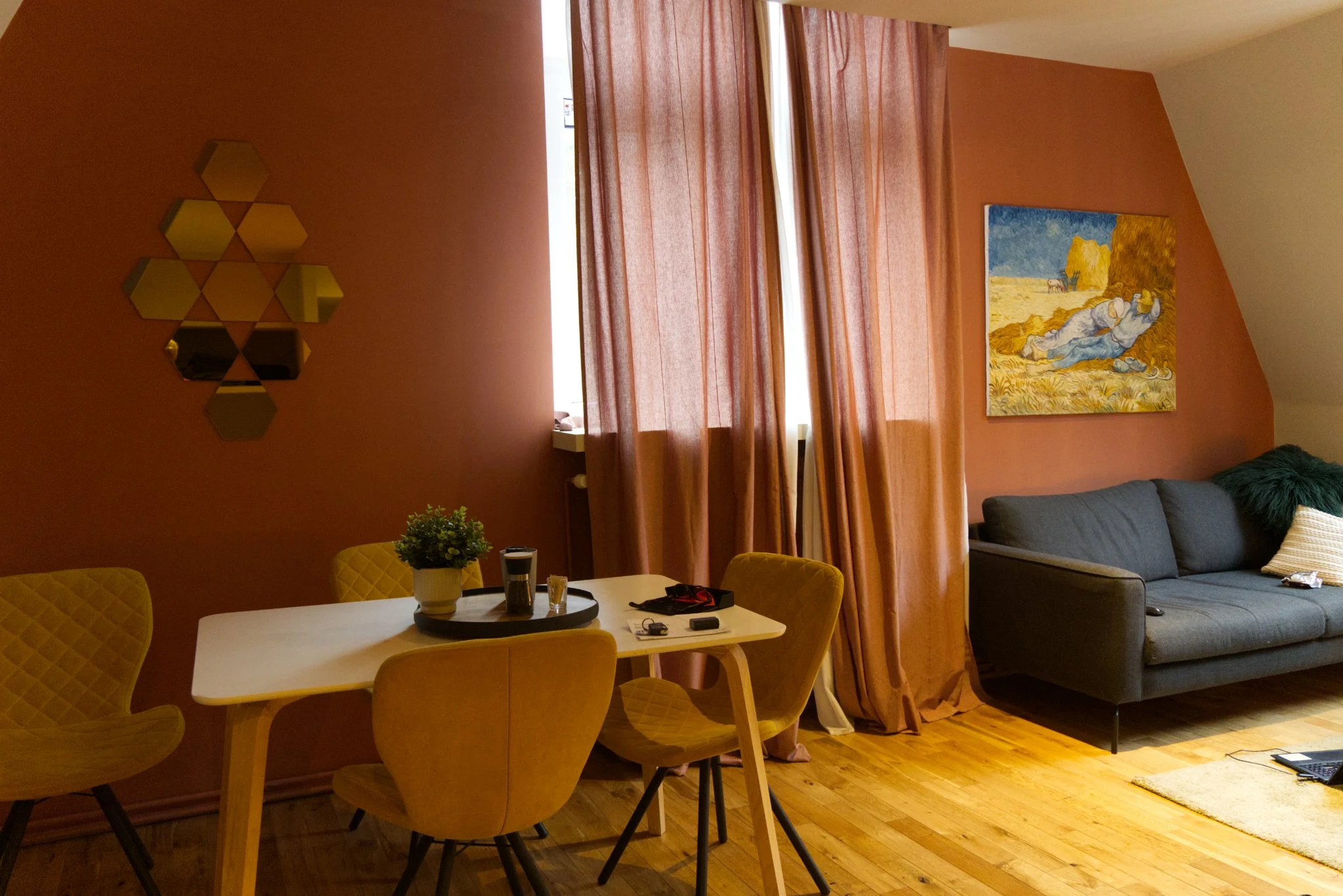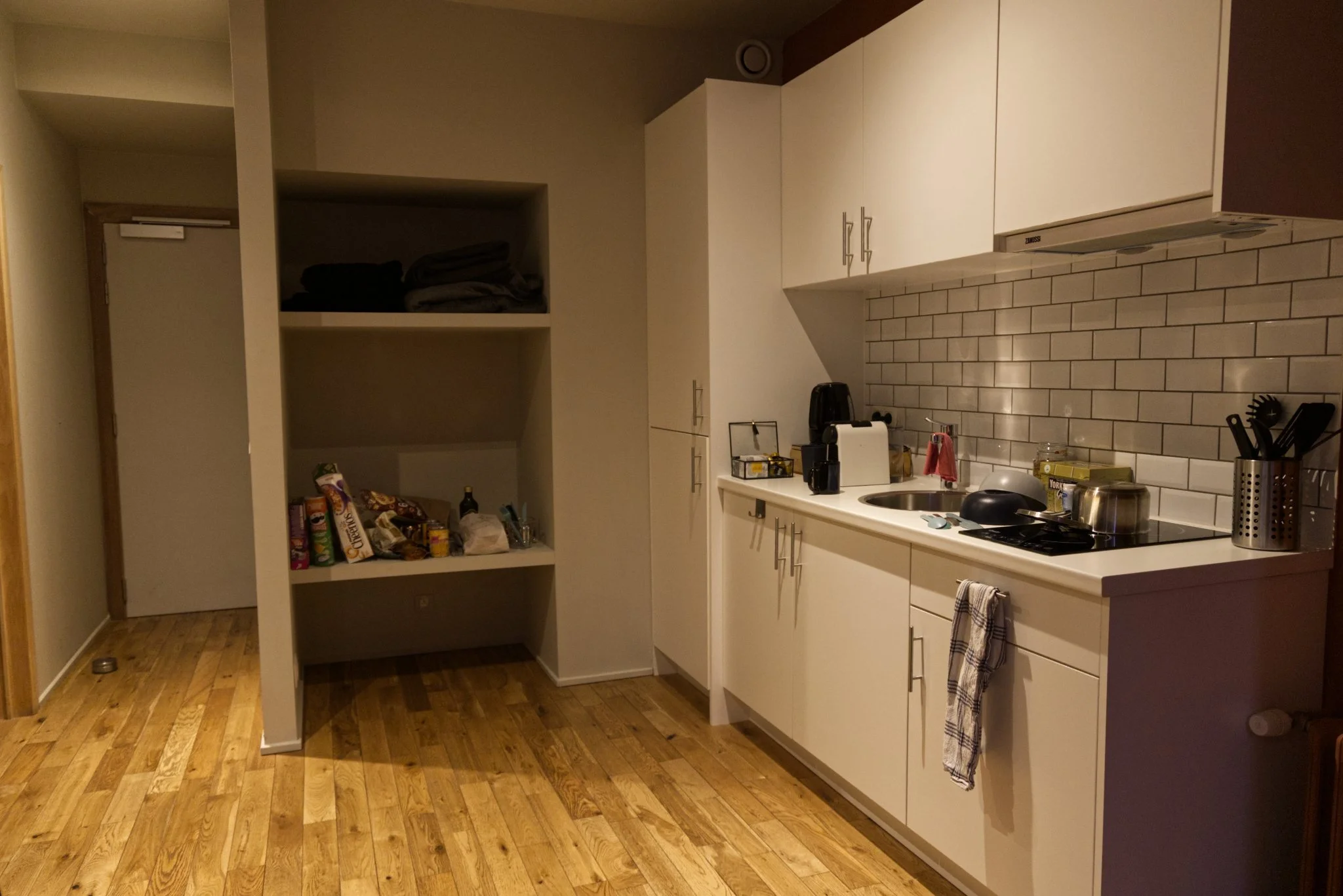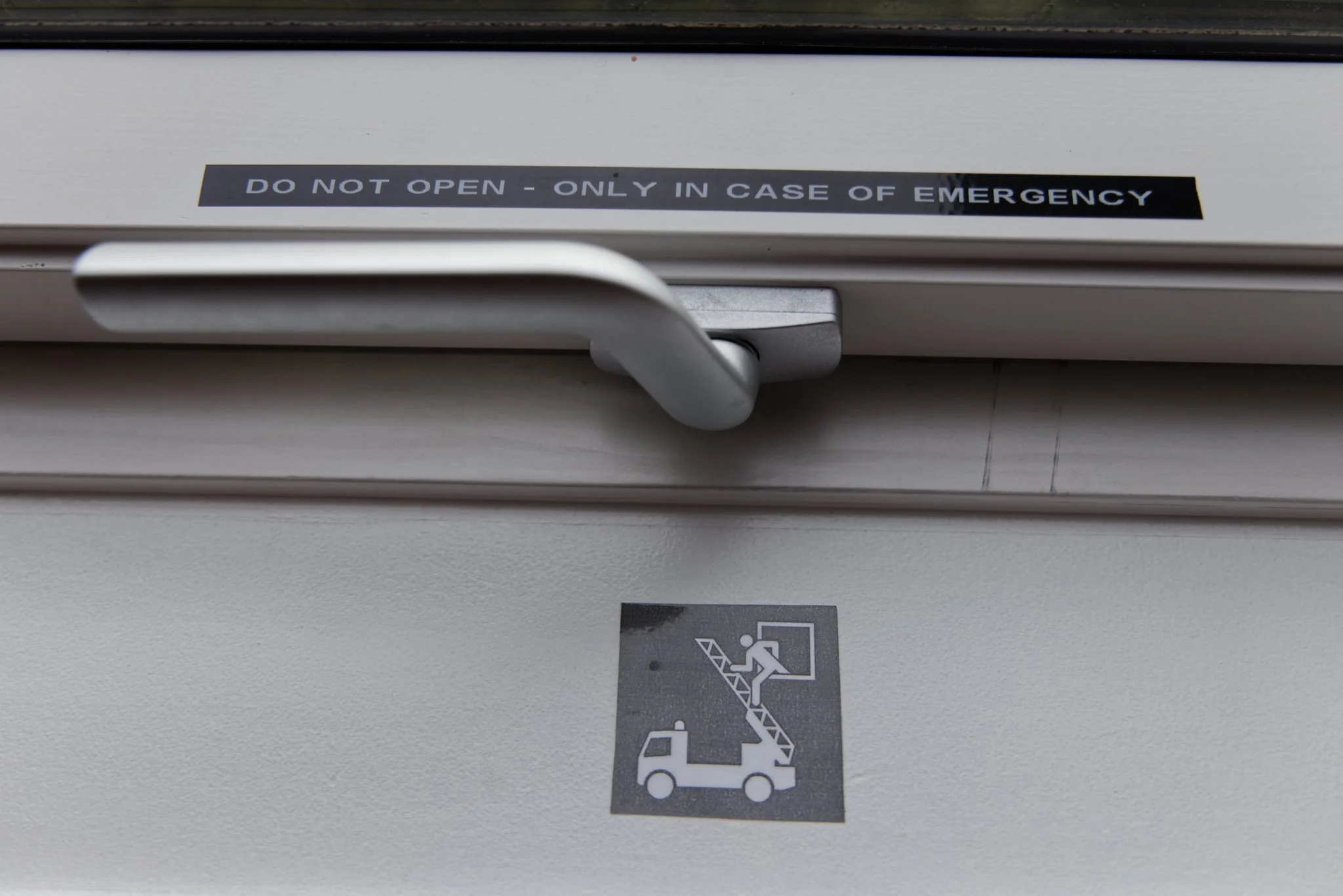Back to Dunqueurque for our ‘stopover hotel’ before the dtive to the tunnel tomorrow. A walk around the war museum, then a walk on the beach where we got some food.
Photos to follow.
Back to Dunqueurque for our ‘stopover hotel’ before the dtive to the tunnel tomorrow. A walk around the war museum, then a walk on the beach where we got some food.
Photos to follow.
On the table were details of the windmill: “The current mill was built in 1820 and served as a flour mill. The stone on the side left above the window also refers to the year of construction. In 1880 the mill was raised to catch more wind. Stones from the former Spermalie Abbery, which was location in the Spermalieweg [Matt: This is just a placename] behind, were used for this purpose. In the 1930’s the blades were removed and replaced by a gas engine. A mansard roof was therefore provided. The farm itself was located on the corner to the left of the house. The mill was in use until 1956, when the last miller Omar Lievens died. Hence the name Lievenmolen. The houses around the mill are all owned by the City of Damme and are inhabited by people with a mobile disablity.The mill was then used as an administrative centre and the nurising staff slept on the first floor. When these houses were built, the connection was alsomade with the mill, this is now part of the back where the bathroom and toilet are location. In the early 1990s, the mill was put on the private market and continued to serve as a private home. This was sold several times and we purcahsed it in 2019 specifically with the intention of turning it into a holiday home."
Another restful day of not doing much. Bring on the boring blog.
Tomorrow we really do need to get some more air in the tyres.
We went for an evening walk to take some photos. A bar we passed yesterday that was closed was open so we popped in for a beer. It was 98% Jesus, and 2% Che Guevara.
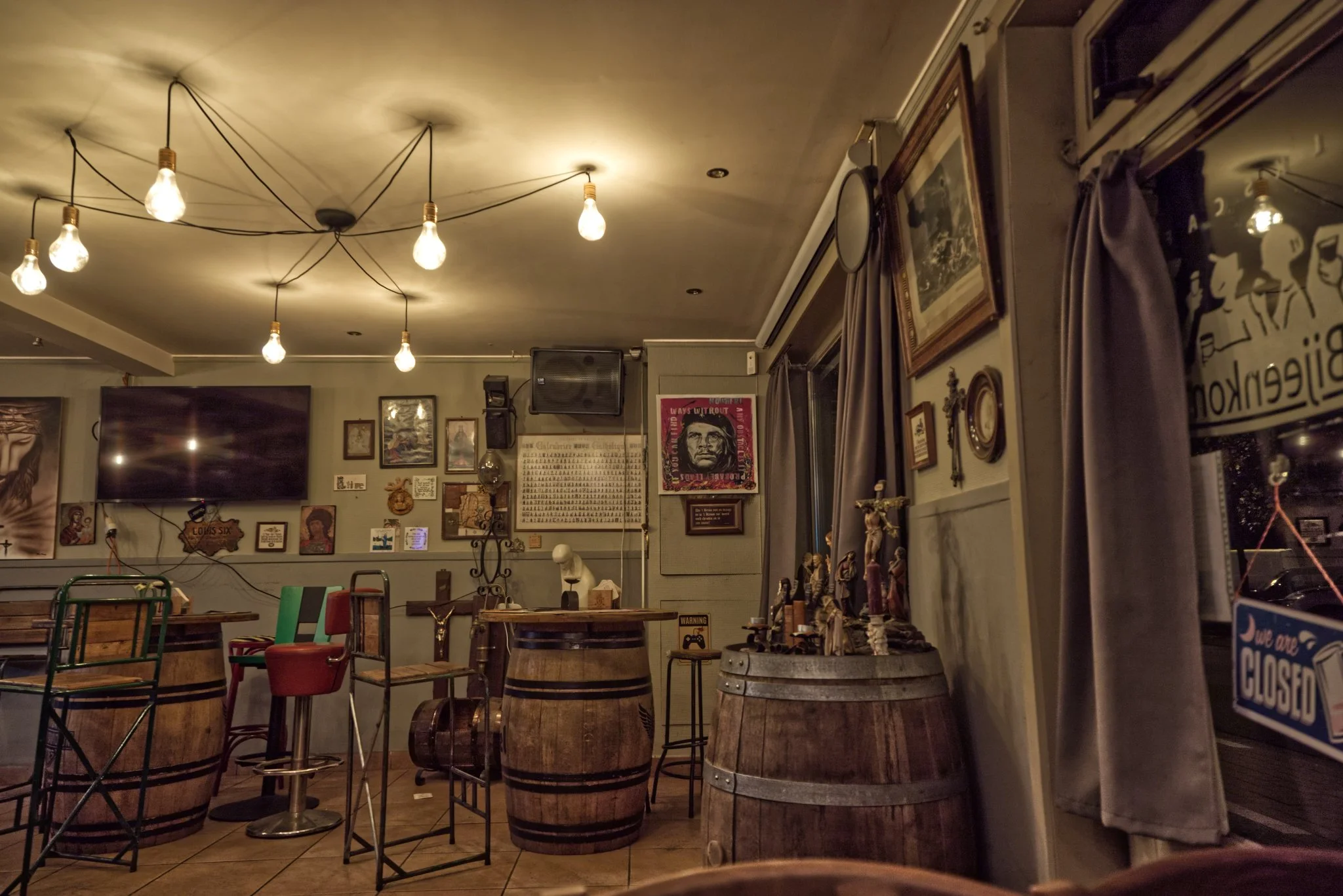
First stop - Delft Museum.
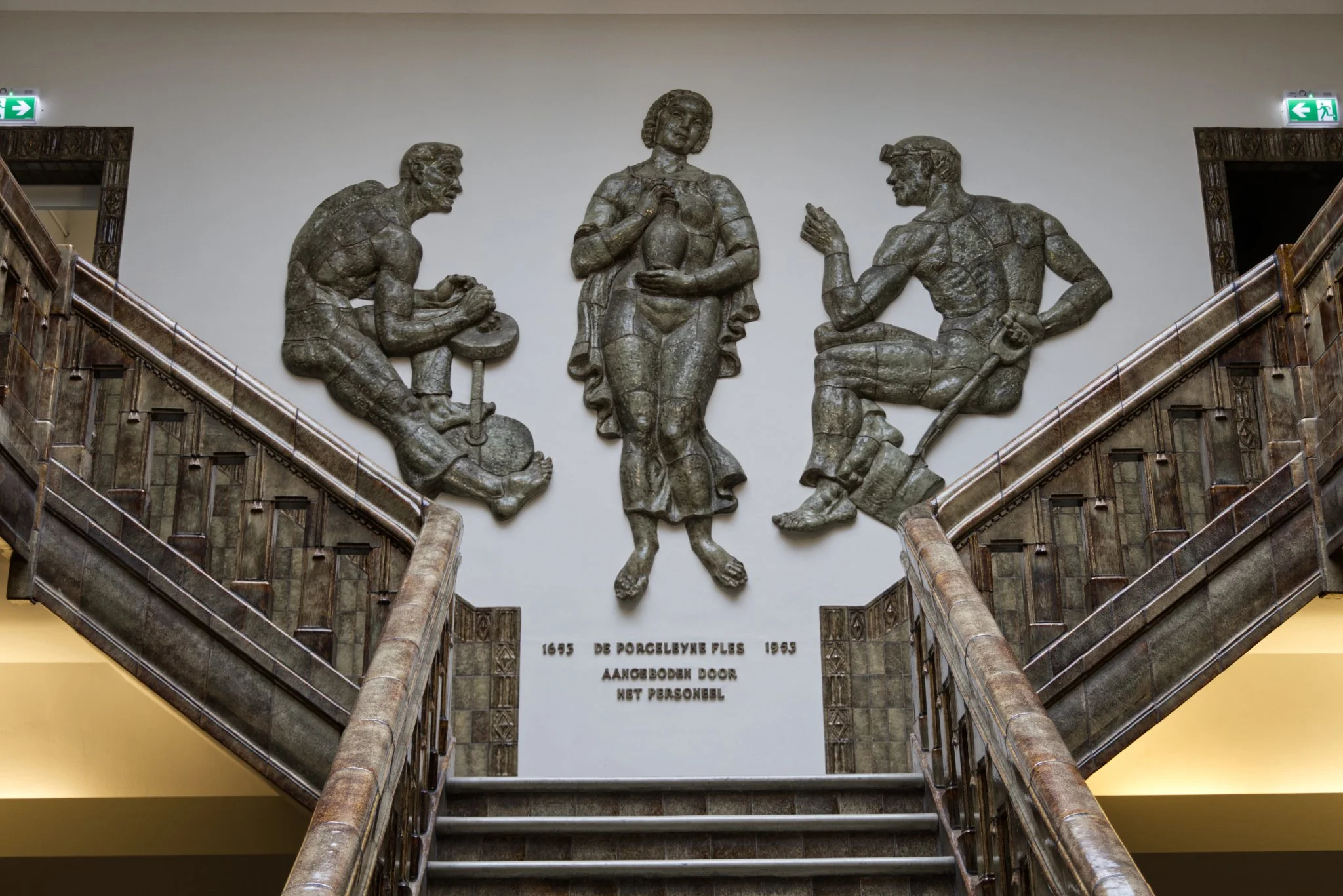
“Of the more than 30 earthenware factories that were located in Delft and the surrounding area around the middle of the 17th century, De Koninklijke Porceleyne Fles is the only one that remains.
The exact date when the first workshops emerged is uncertain. It is known, however, that in other places, such as Amsterdam, Haarlem, and Middelburg, pottery with multicolored designs on a white background was already being produced in the second half of the 16th century. This was done using a technique that Dutch potters had learned from their Italian colleagues. The first company in Delft likely didn’t establish itself until the end of the 16th century.
The situation changed when the Sea Beggars, while capturing Portuguese “kraken,” also found Chinese porcelain among their cargo and brought it to Holland. After the founding of the Dutch East India Company in 1602, porcelain with blue designs on a white background was very popular there, and so Dutch potters soon tried to create something similar.
Follow: https://museum.royaldelft.com/ontdek-de-collectie/historie/ for more.”
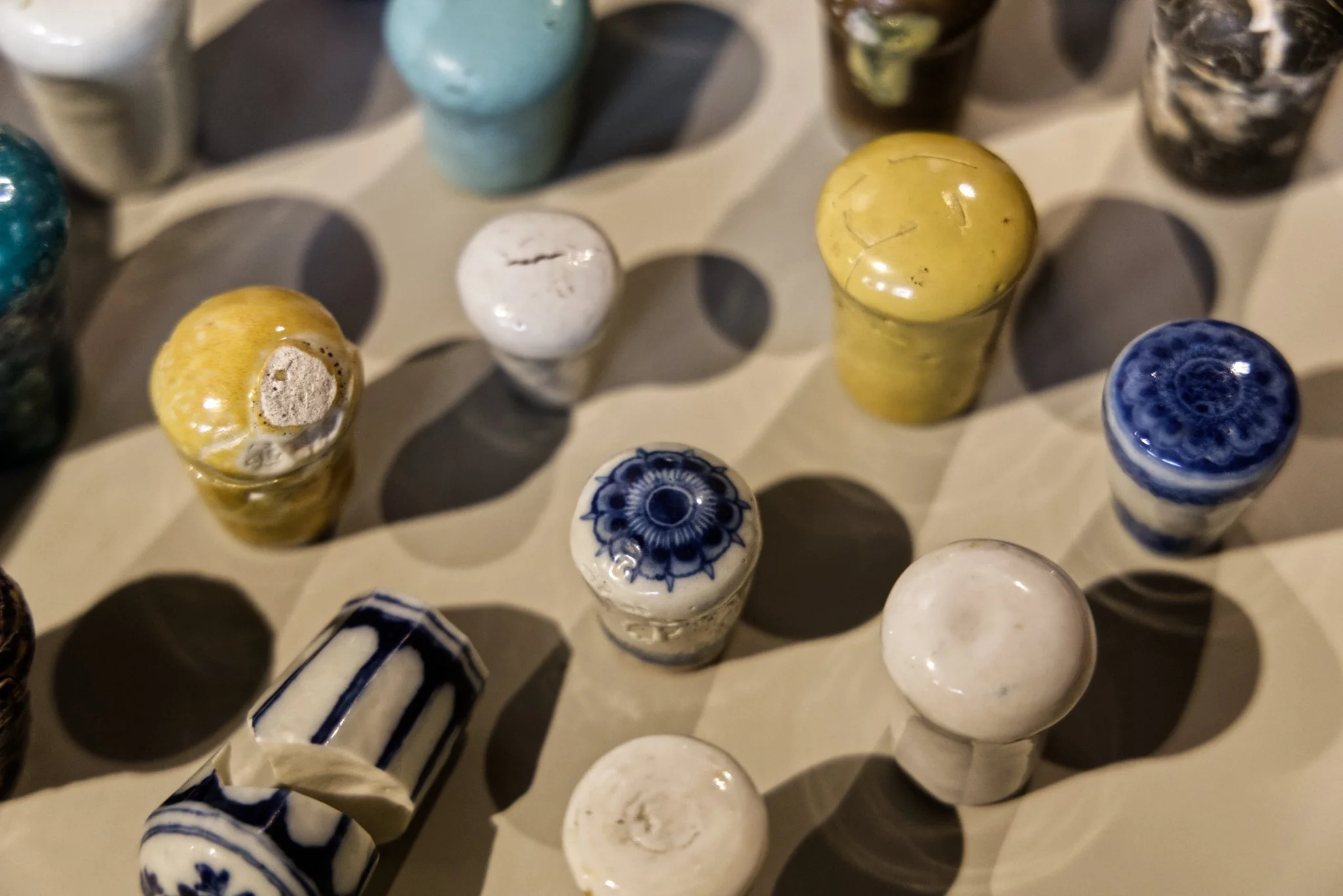
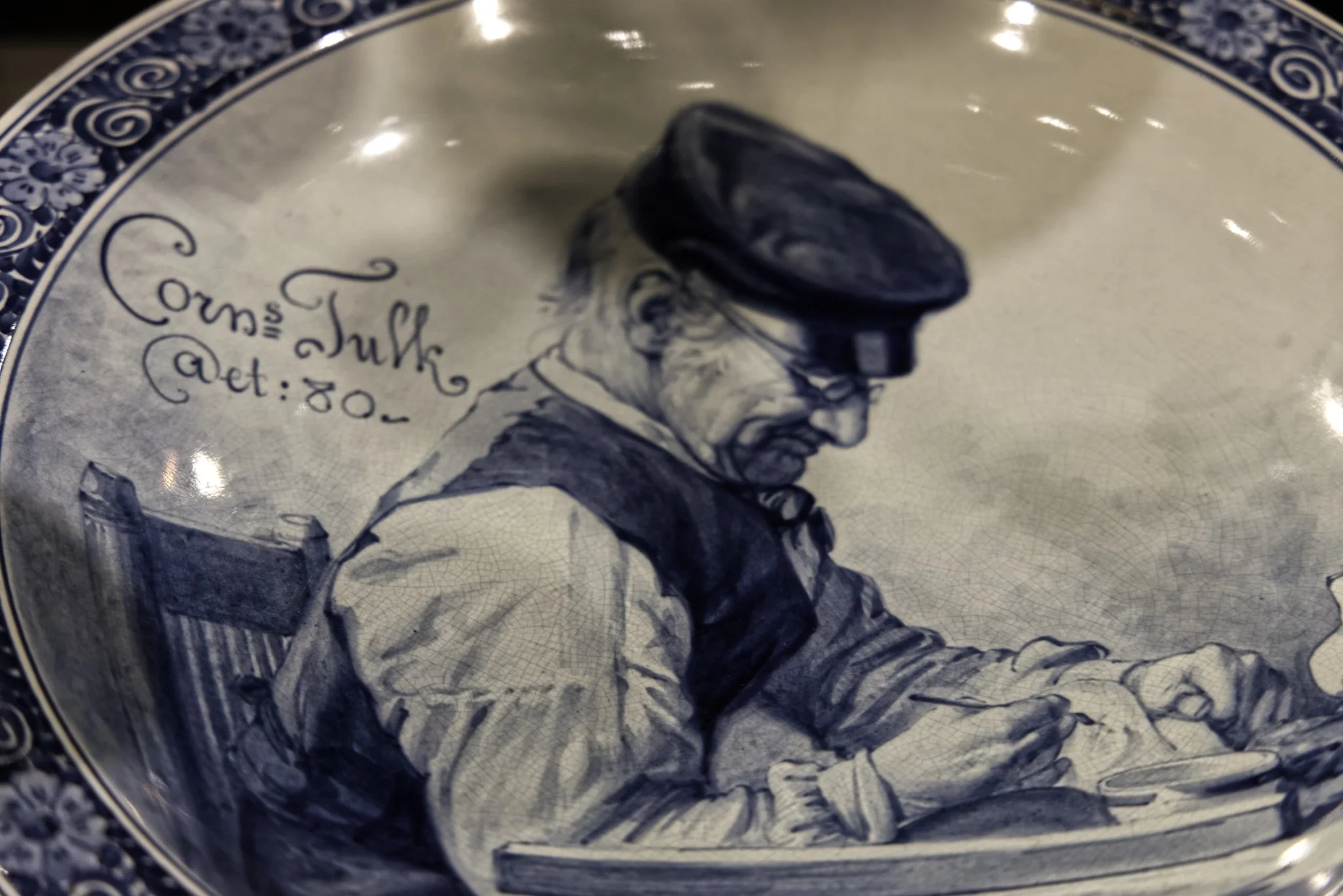
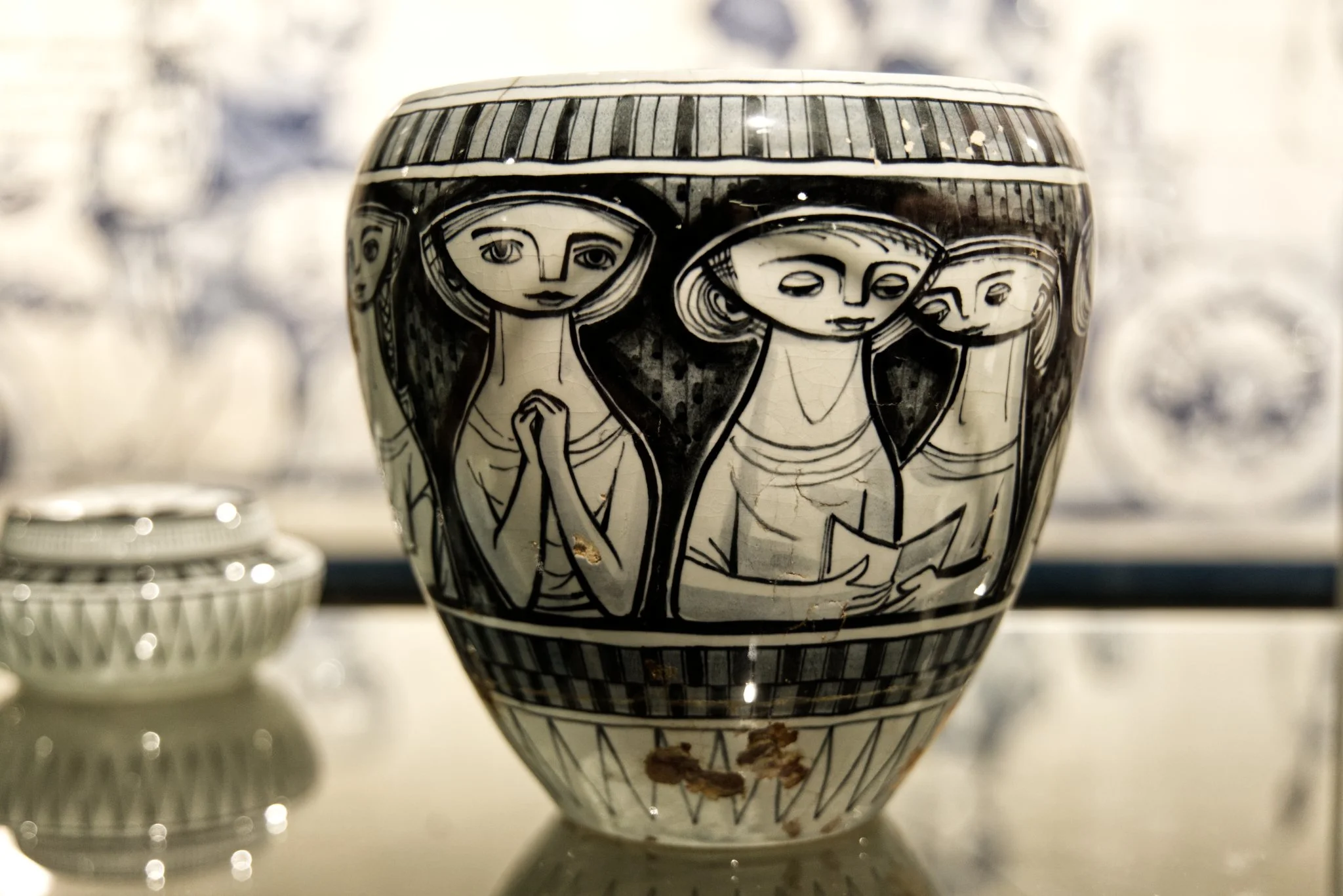

Then a longer journey than we would have liked (just a long wait while a bridge was raised to let a tanker pass through, and roadworks) but at the end of it we get to spend a couple of nights in a windmill. The windmill was build in 1820, and the sails came off in the sixties when it wa motorised and a while back it went on the market and was bought by the man who met us here and told us all about it.

Back onto the number five tram into Amsterdam. The first stop was the most popular door in Amsterdam. The door of Anne Frank’s apartment building.
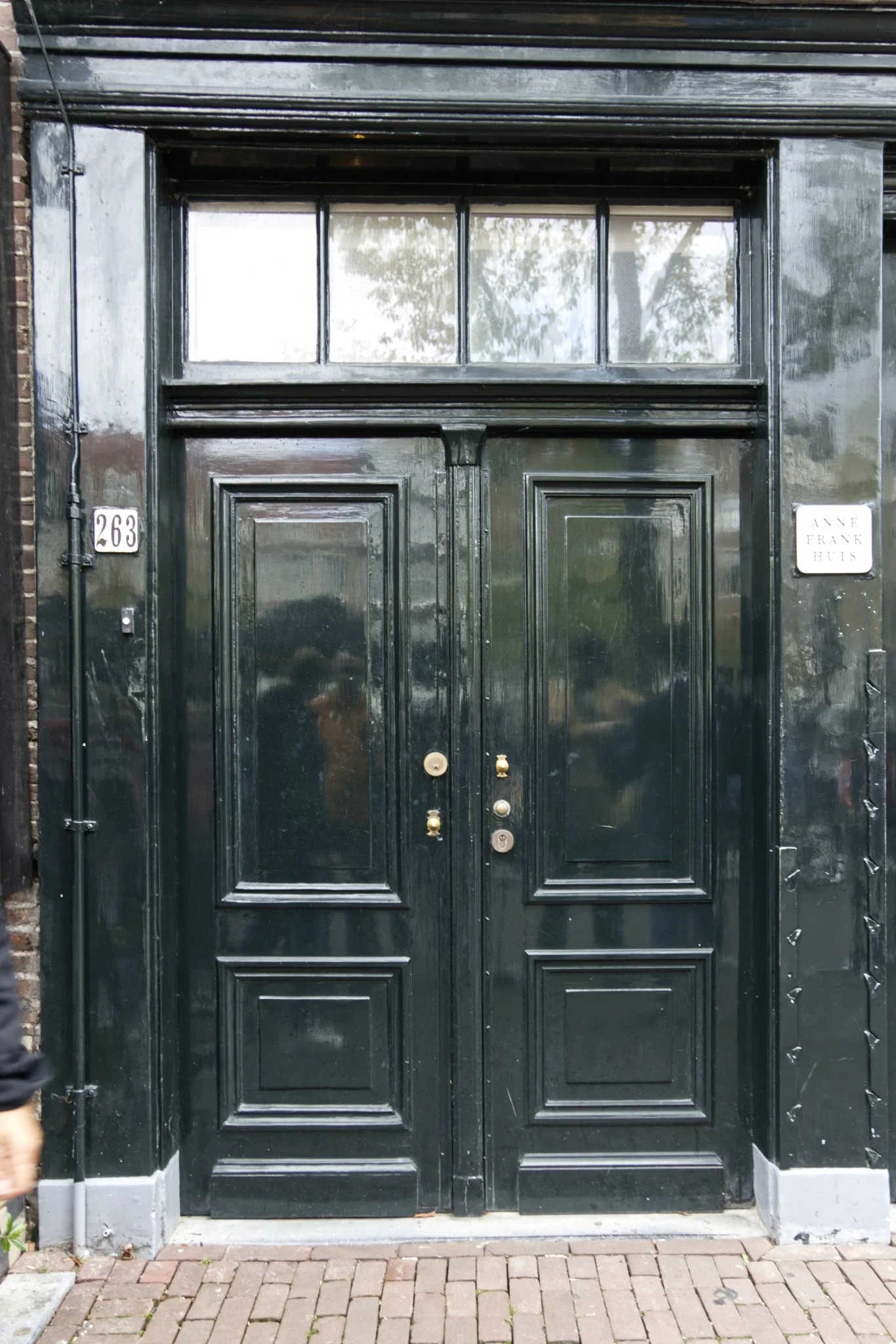

Looking at a door is hungry work so we got some pancake (savoury for me, and sweet for Jane.)

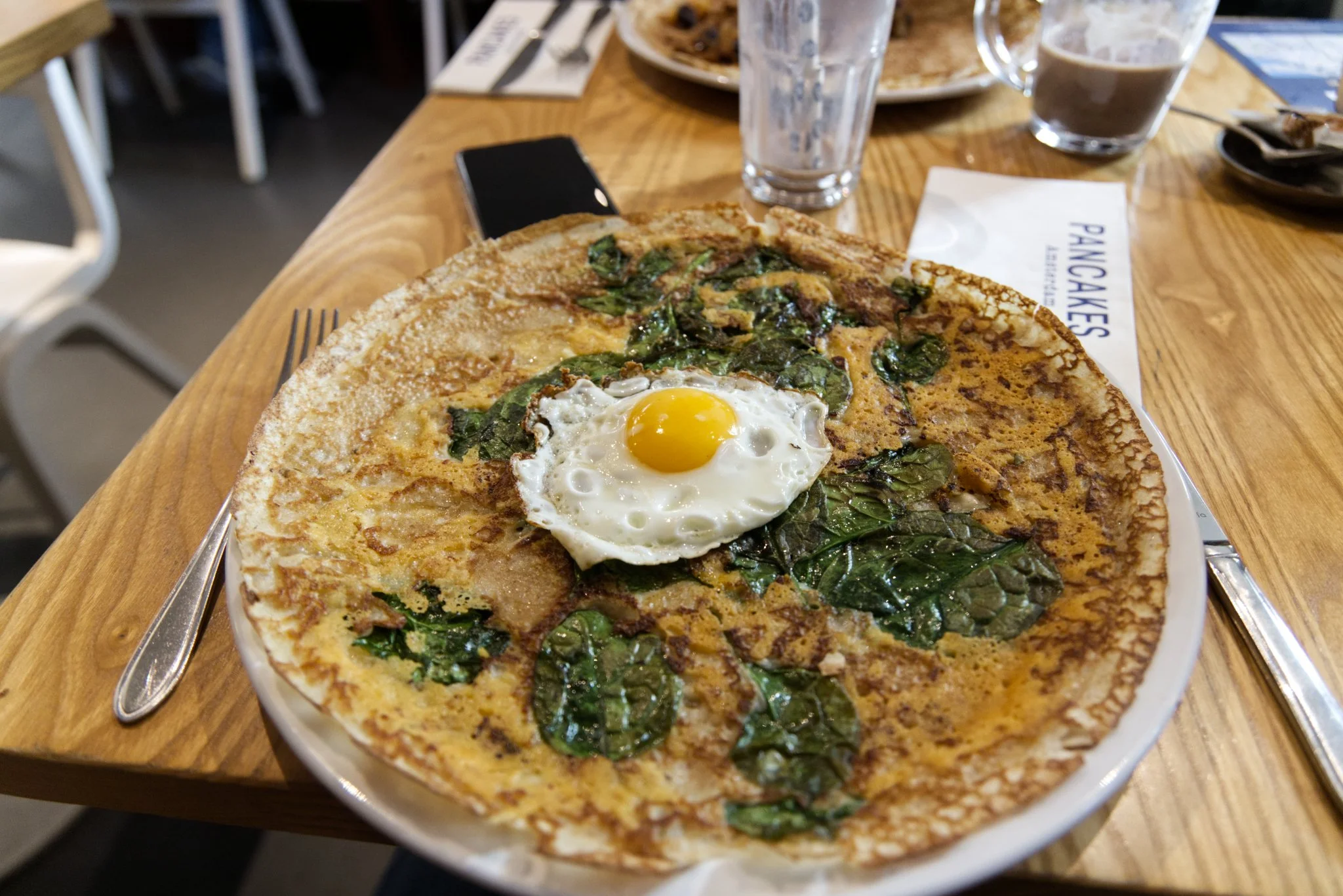
Full of pancake we resumed our ambling.


Ambling is thirsty work. We were going to go to the Van Gogh museum but it was sold out, so we decided to get some cocktails instead. The ‘Burger Room’ was Wizard of Oz themed (there were ruby slippers in the toilet, well not IN the toilet - but you know what I mean). I digress. We both had a “Yellow Brick Road” (because it had Limoncello in it). Jane then had another, and I tried something whose name is lost to time but it arrived looking like a science experiment that I was told to shake together.
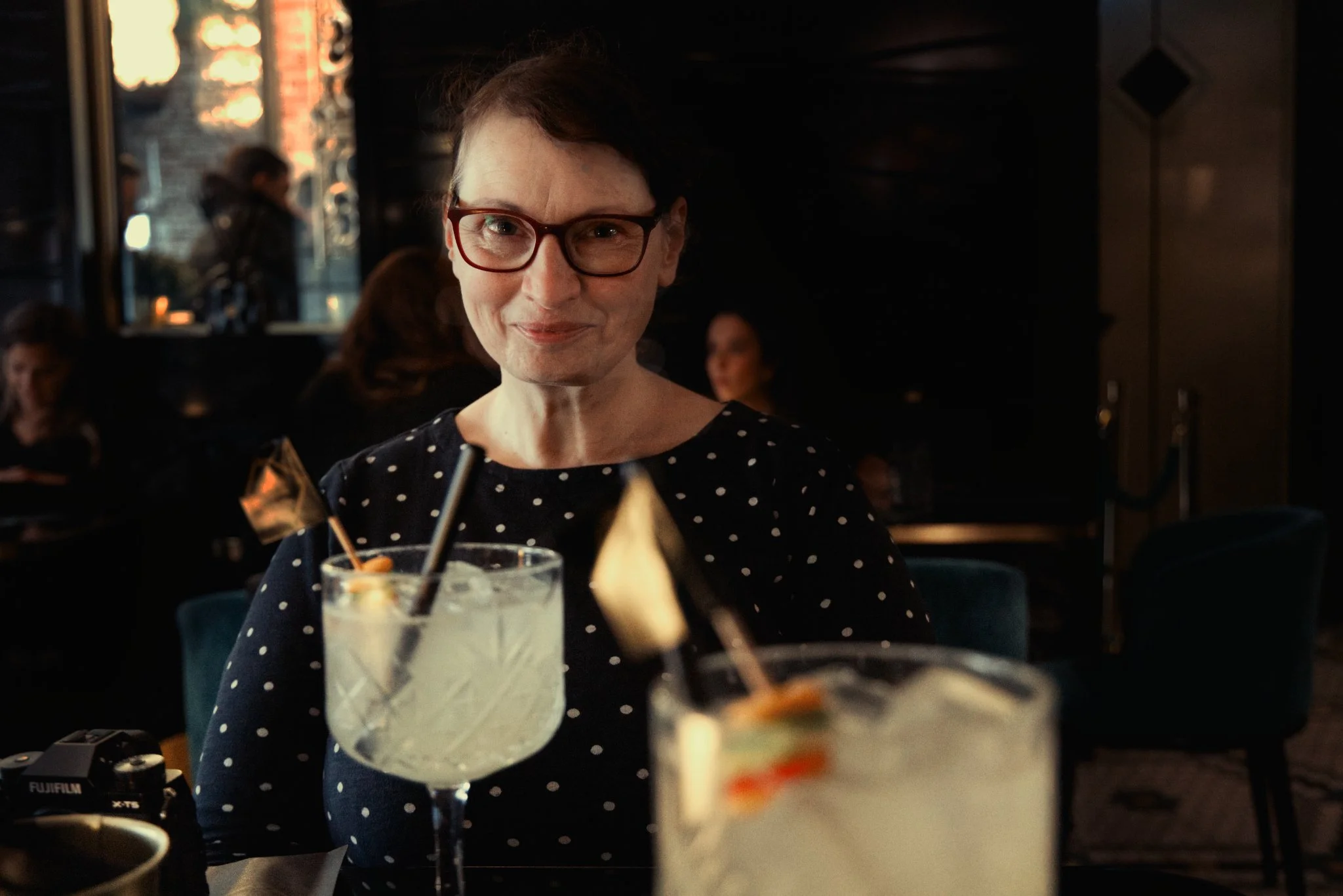
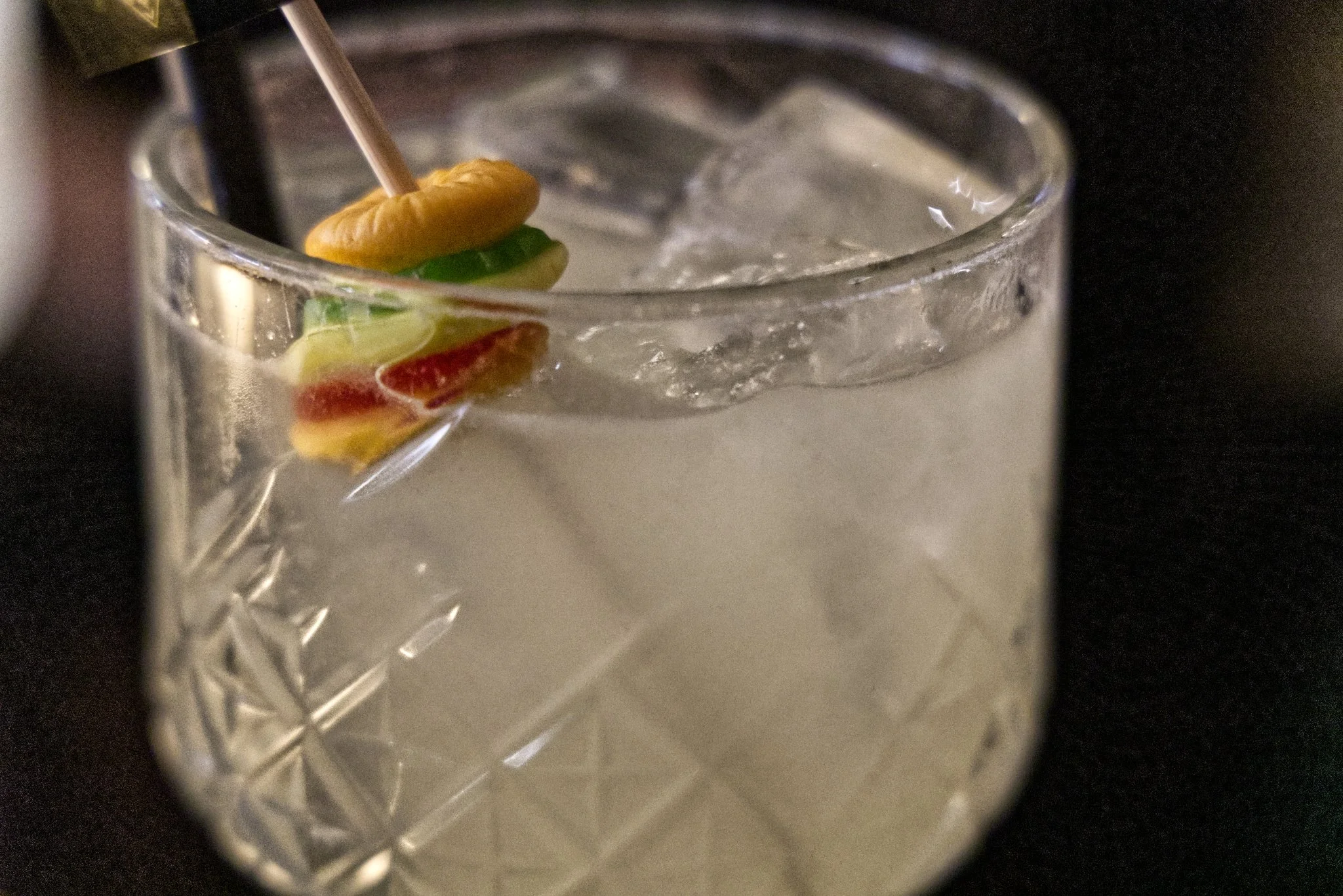

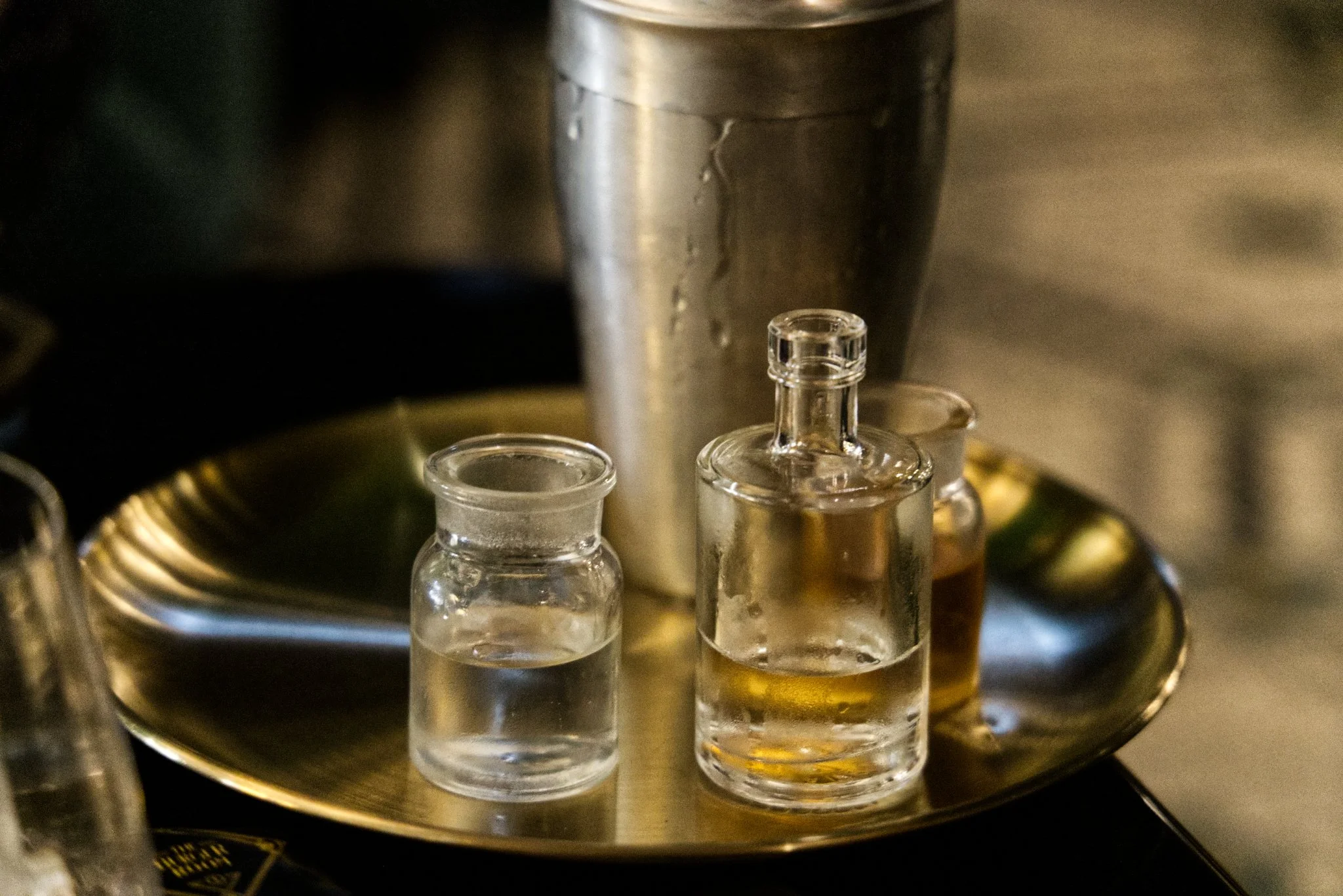
We got the number five tram into Amsterdam. Through the parks, and into the antque stores via many, many bridges.



The exterior of the library of the University of Amsterdam.
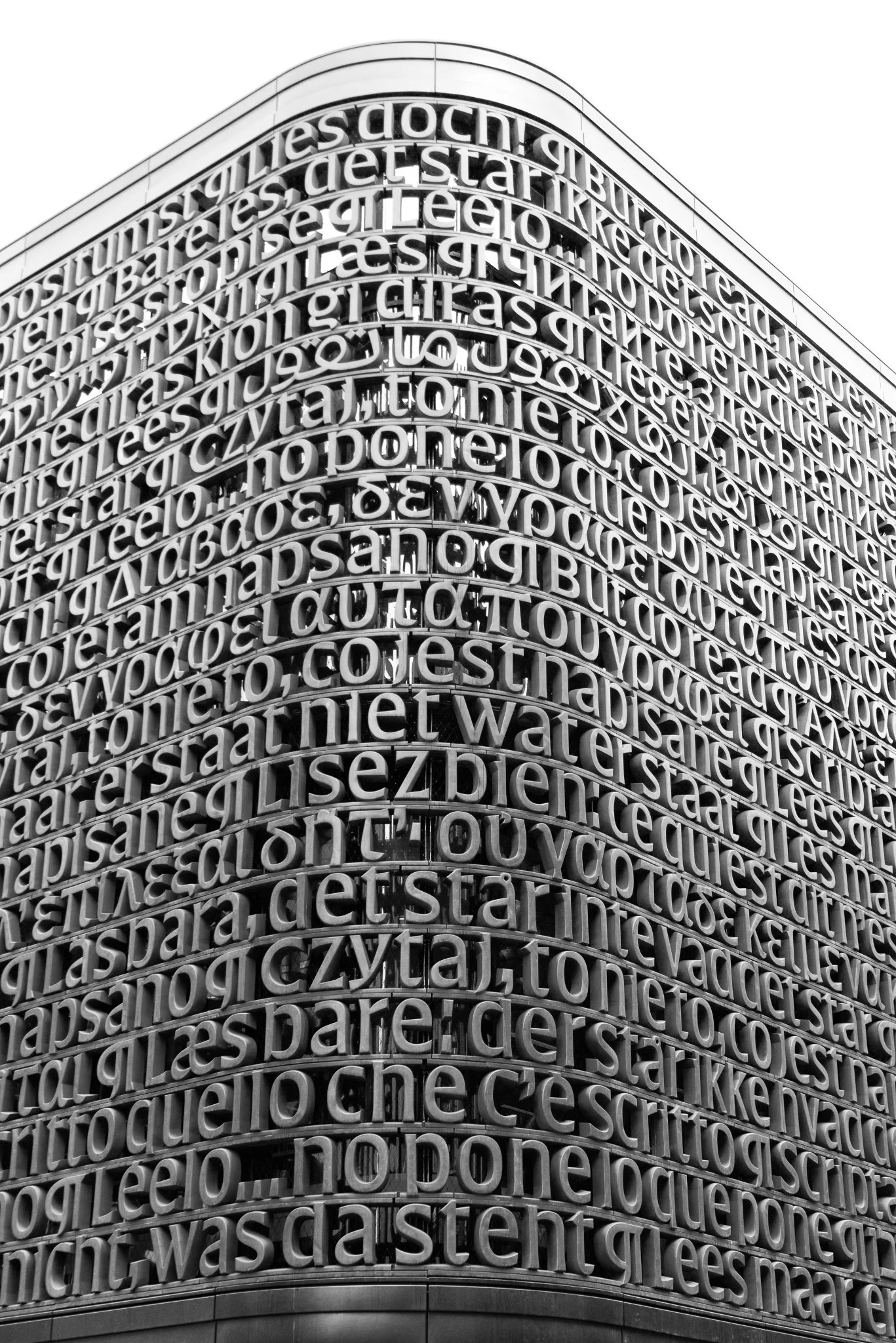



Two consecutive boring blog posts? You’re welcome.
We had a lay in. Went to the shops to get more food (Trivento Malbec is cheaper here, so we’ll have to try and bring a crate back) . Back the hotel and into the basement to get the washing done.

We bought this. It may be the best thing ever. It may be the worst thing ever.

An evening walk and we saw a old man rollerskating and holding a balloon. We told him we liked his balloon and he asked if we wanted one. We did not, particulatly. He said we liked Amsterdam and he told us were in Amstelveen not Amsterdamn, and pointing to the dyke at the end of the road xaid that was the boundary. So we could probably hit Amsterdam if we threw a stone.
“Amstelveen is a municipality in the Dutch province of North Holland. It is a suburb of the city ofAmsterdam; the built-up area borders Amsterdam to the north and is not far from Schiphol Airport. The municipality has 95,725 inhabitants and a total area of 44.08 km², of which 41.13 km² is land and 2.95 km² is water.”
Update: The Mango was unepectedly fizzy and smelt more of mango than it tasted. We would not buy it again.
All is well. Jane had a pain in her chest. We went to the hospital. We were there all day. I was hungry so they gave me a cheese sandwich, and I think that’s the important thing. We are now at the hotel eating chicken and salmon.
A day spent reading and walking locally.
In the middle of the bridge (the white one below) is a little plaque: “Gozen Jaclbus Doorn 1928 - 1999. Goos Jan Doorn 1954-2022.”
Gozen was an artist who lived (and died) in Abcoude.

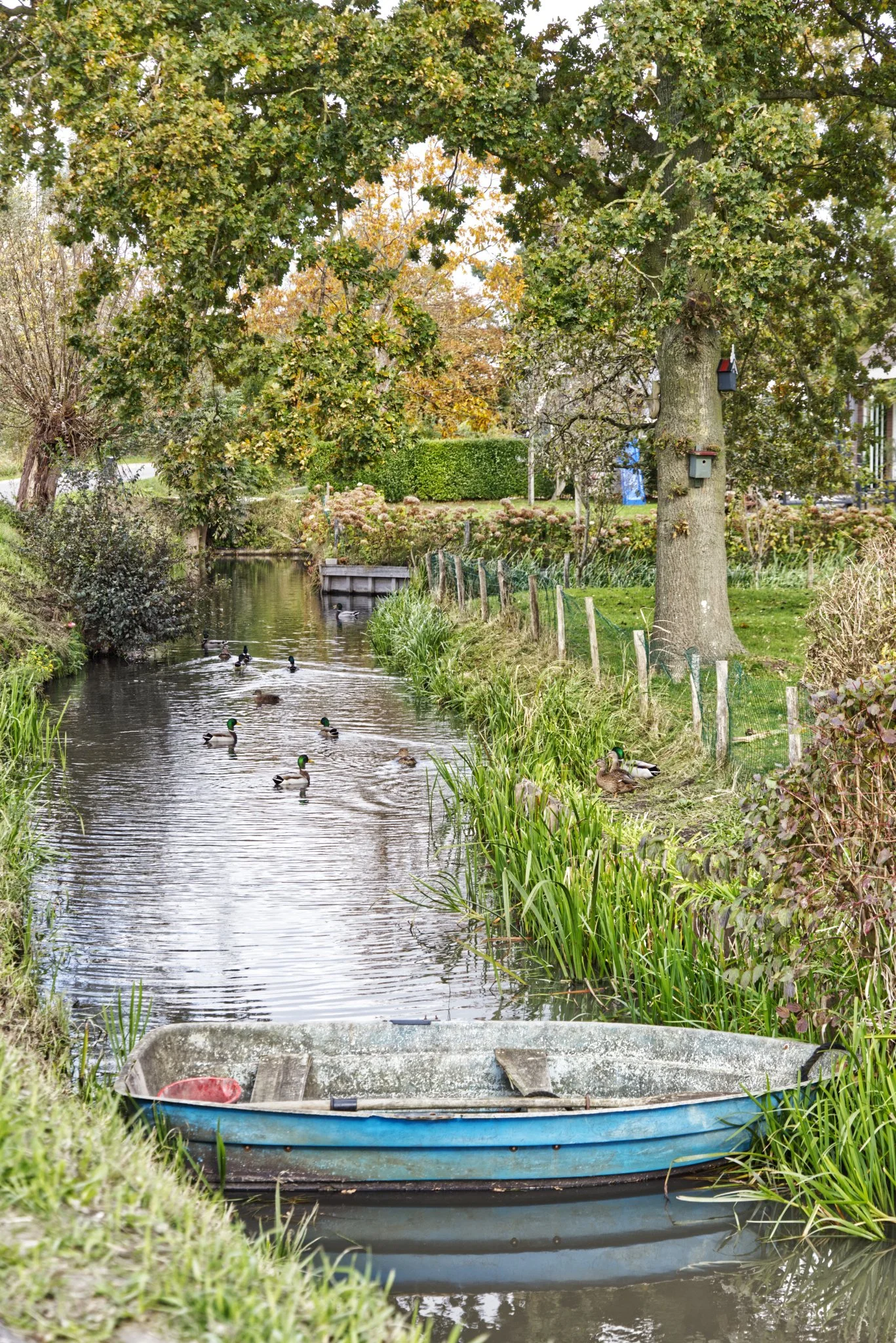

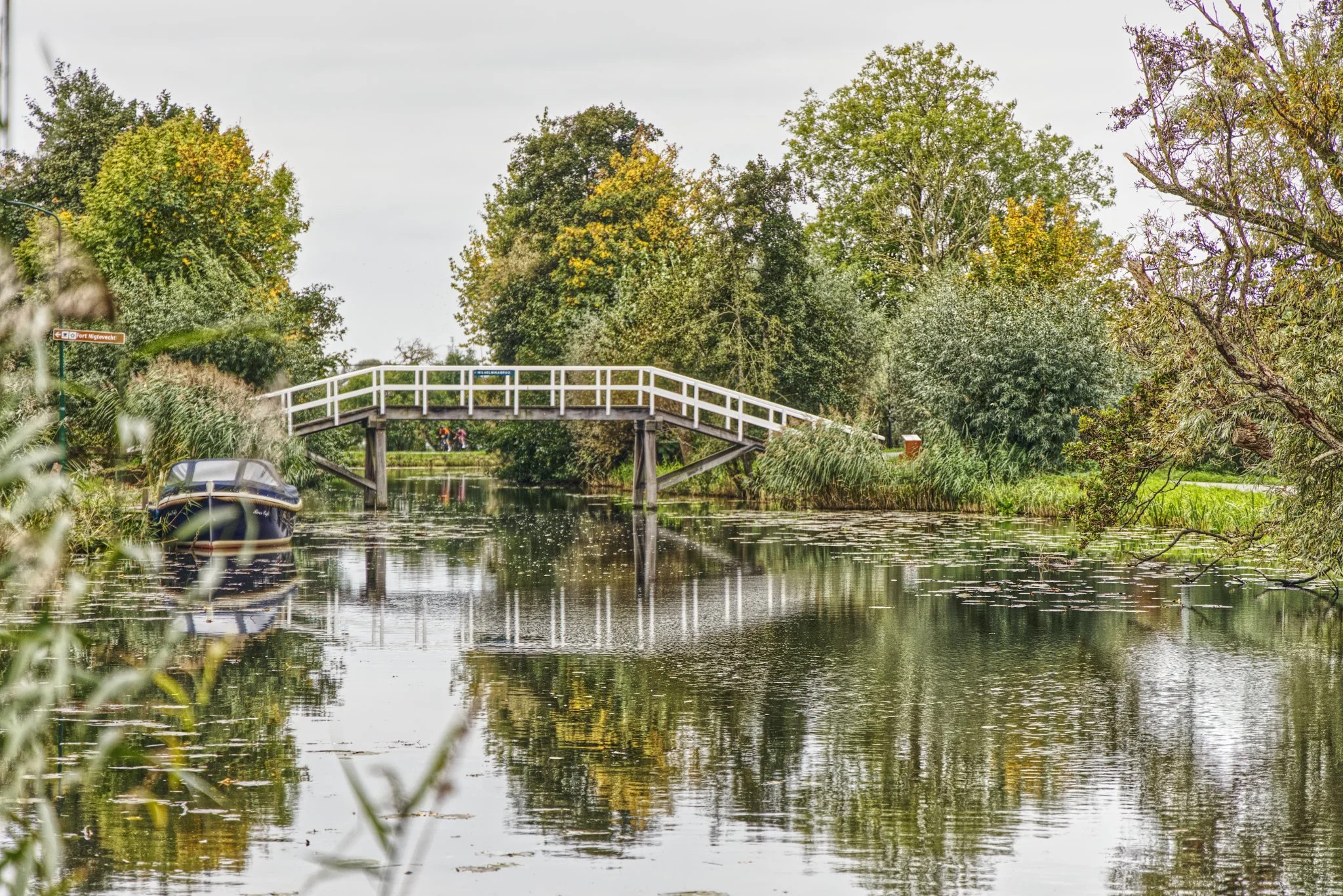
A short thirty minute drive to spend the day in Zaanse Schans. An open air museum to walk around. If you like clogs, cheese and windmills this is the place for you.
We bought some Rosemary & Thyme cheese which is very nice (and some garilc honey).
The green building is a replica of the first Alfred Heijn who are now the main chain of supermarkes in The Netherlands.

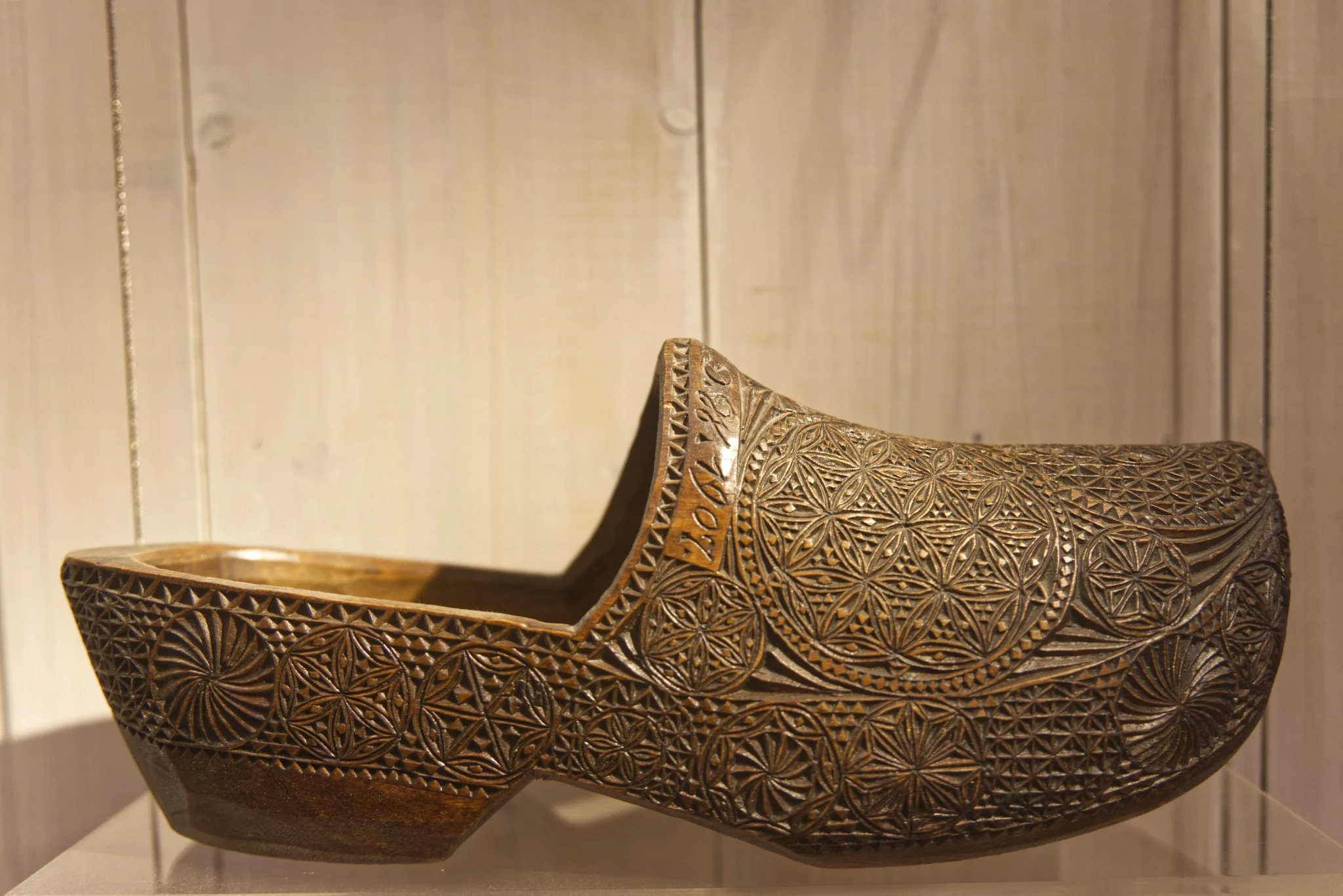









We drove North to get to apartment number two in Abcoude, The Netherlands. A somewhat slow journey. The apartment is nice with a canal/river outside of the back door. A man was bravely travelling in a small row boat against the flow to get between the banks. Someone was attaching material to a windmill type machine across on the other wise of the river. It seemed to be used to pull something up from the river when the sails turned.
We took a short drive to Damme where we’d been in 2017.



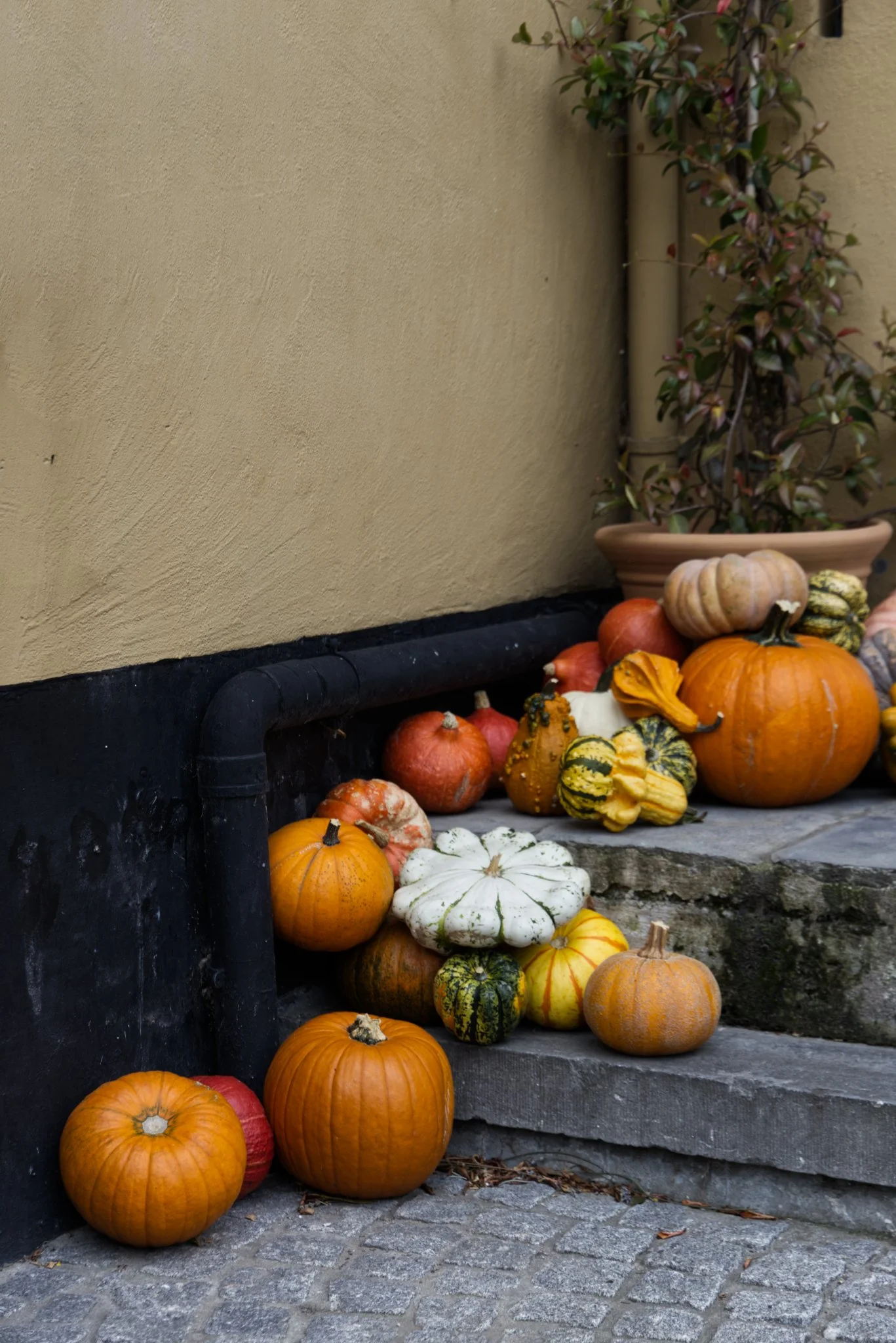

A lot of the older glass seemed quite green. Apparently; “Traditional window glass from the medieval and early modern periods was made from sand that naturally contained small amounts of iron oxide. This impurity gives the glass a greenish tint, especially when the glass is thick or viewed in low light.”


We packed the car so we have a quicker start in the morning as we head towards our second place to stay.
We’ve been in and out and in and out of the hotel car park.


A twenty minute drive into Brugges with the first important port of call - belgian waffles.
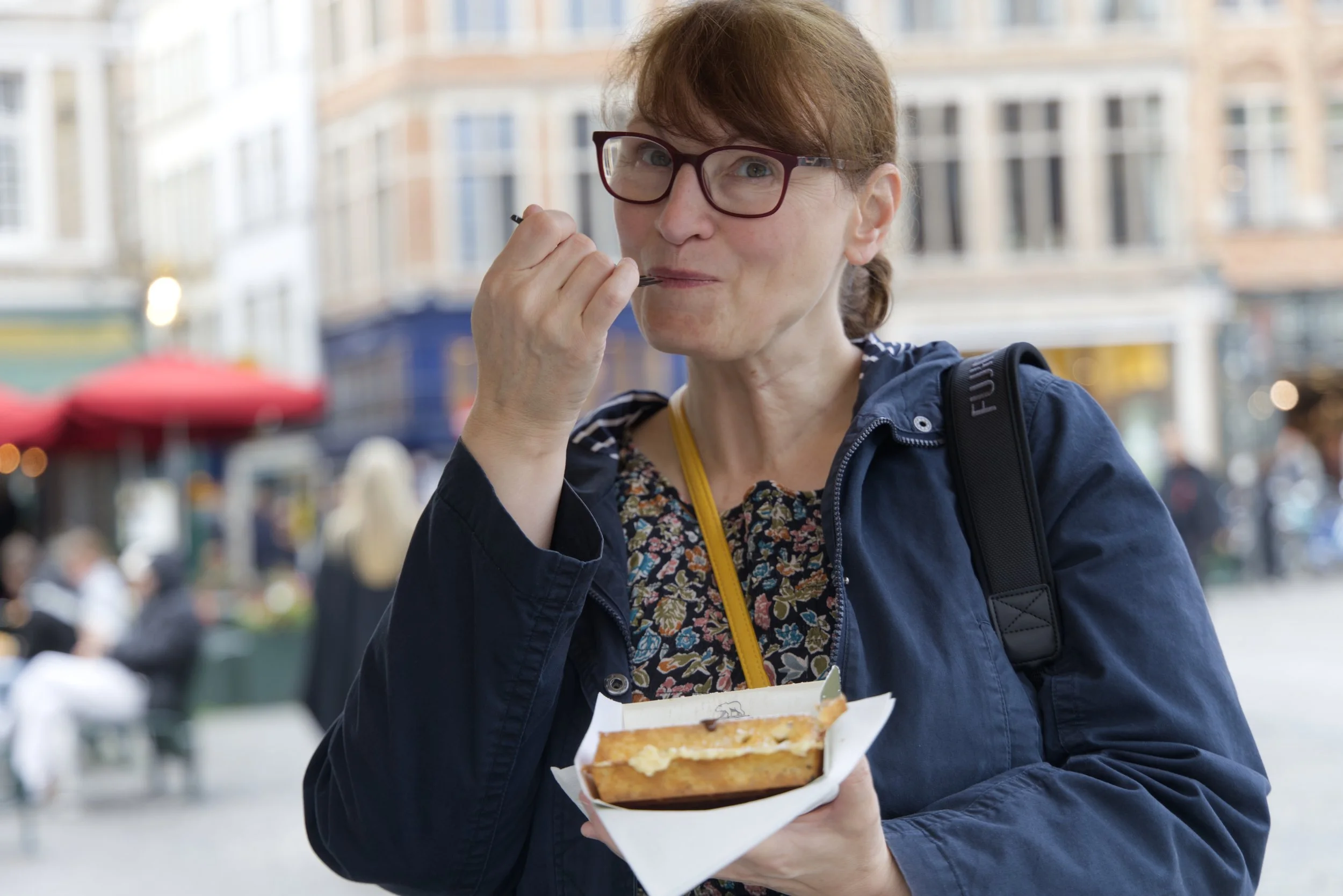
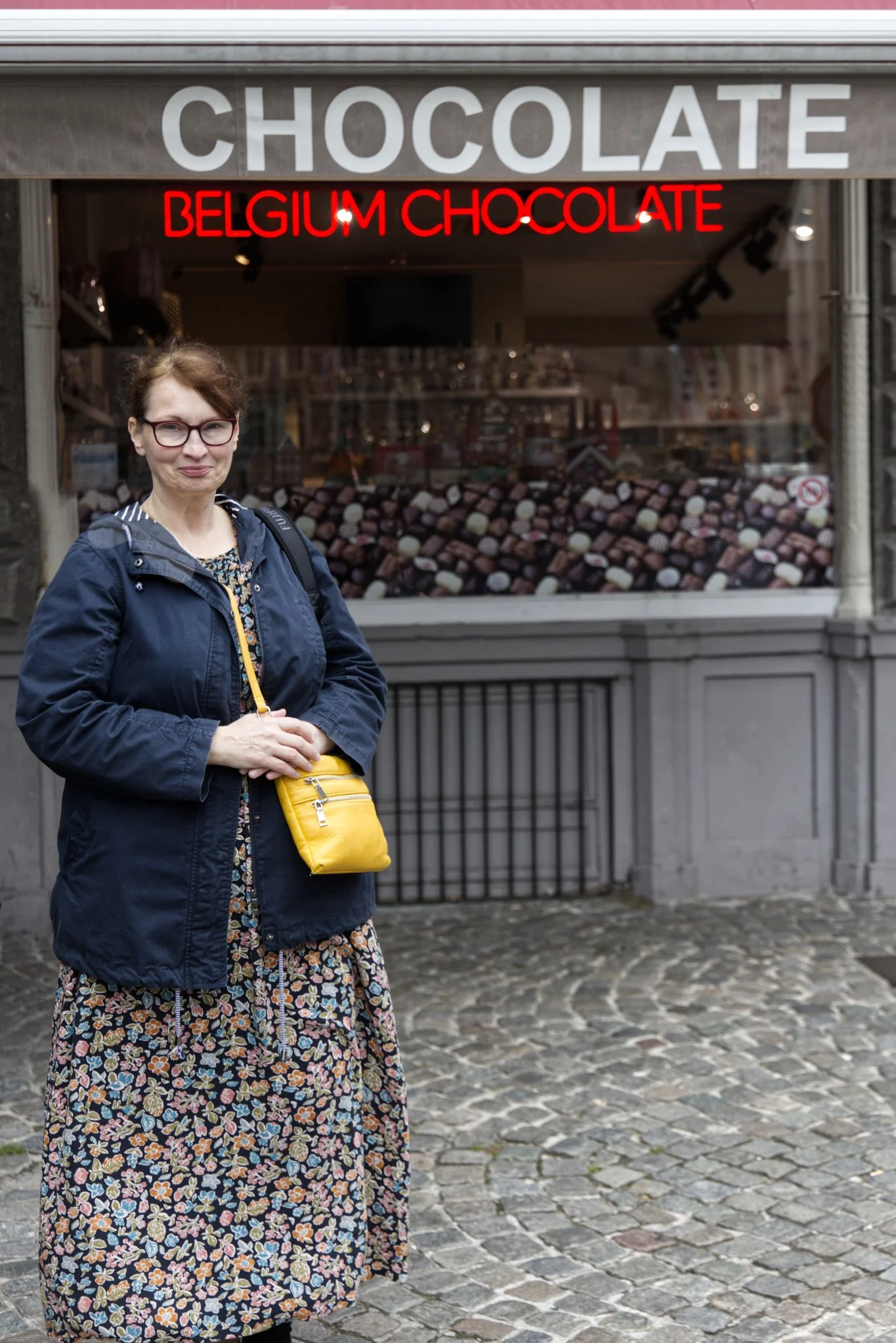

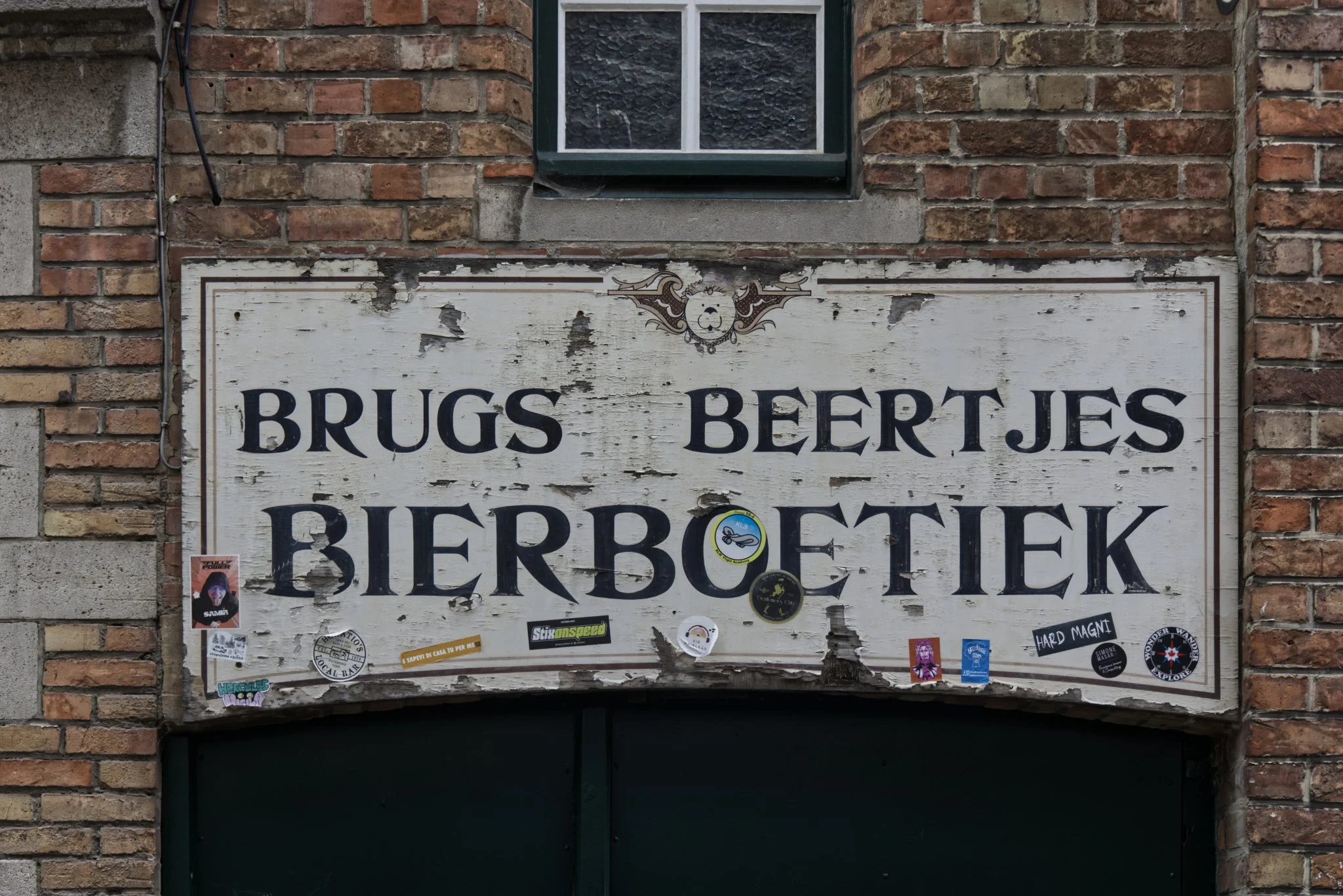

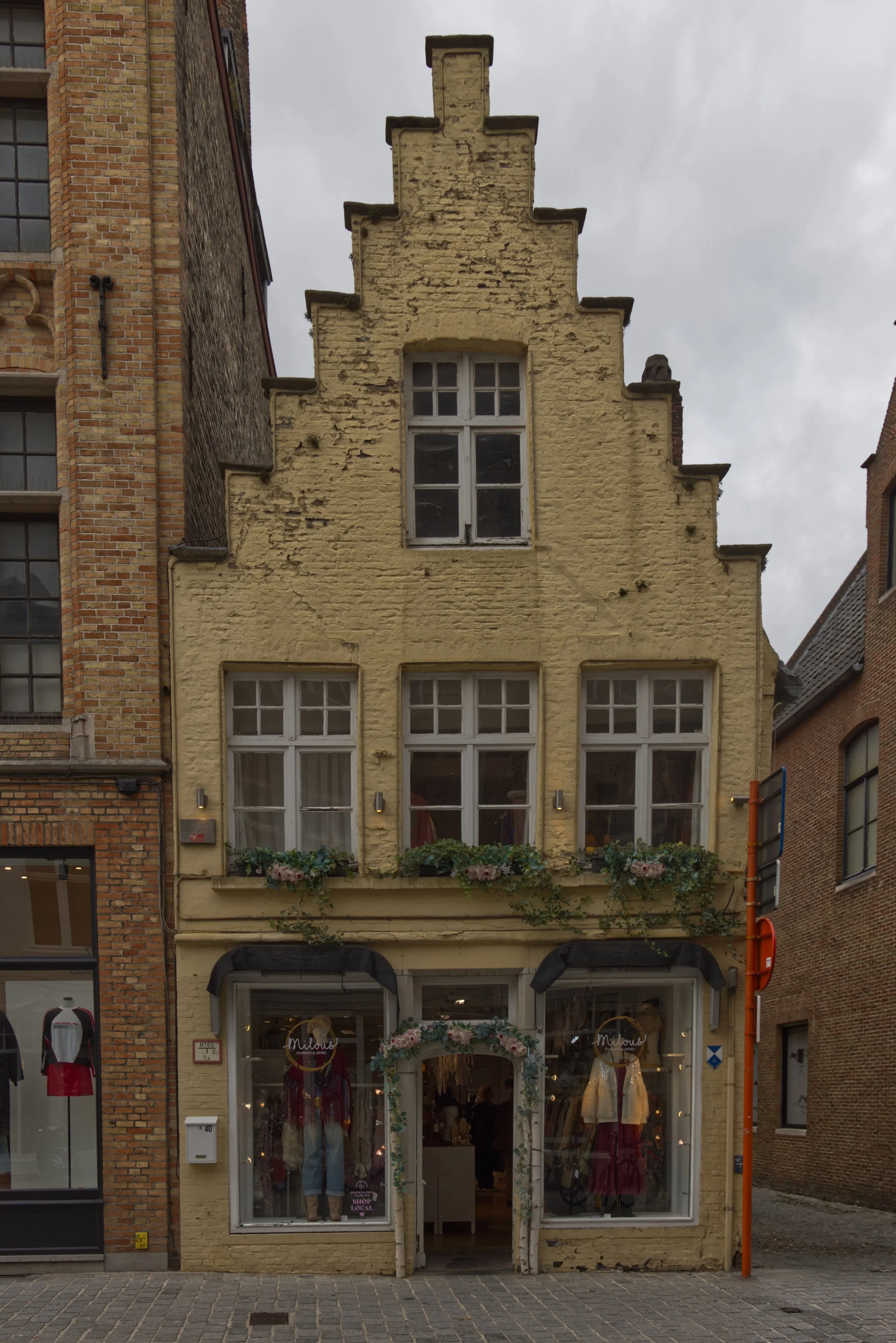
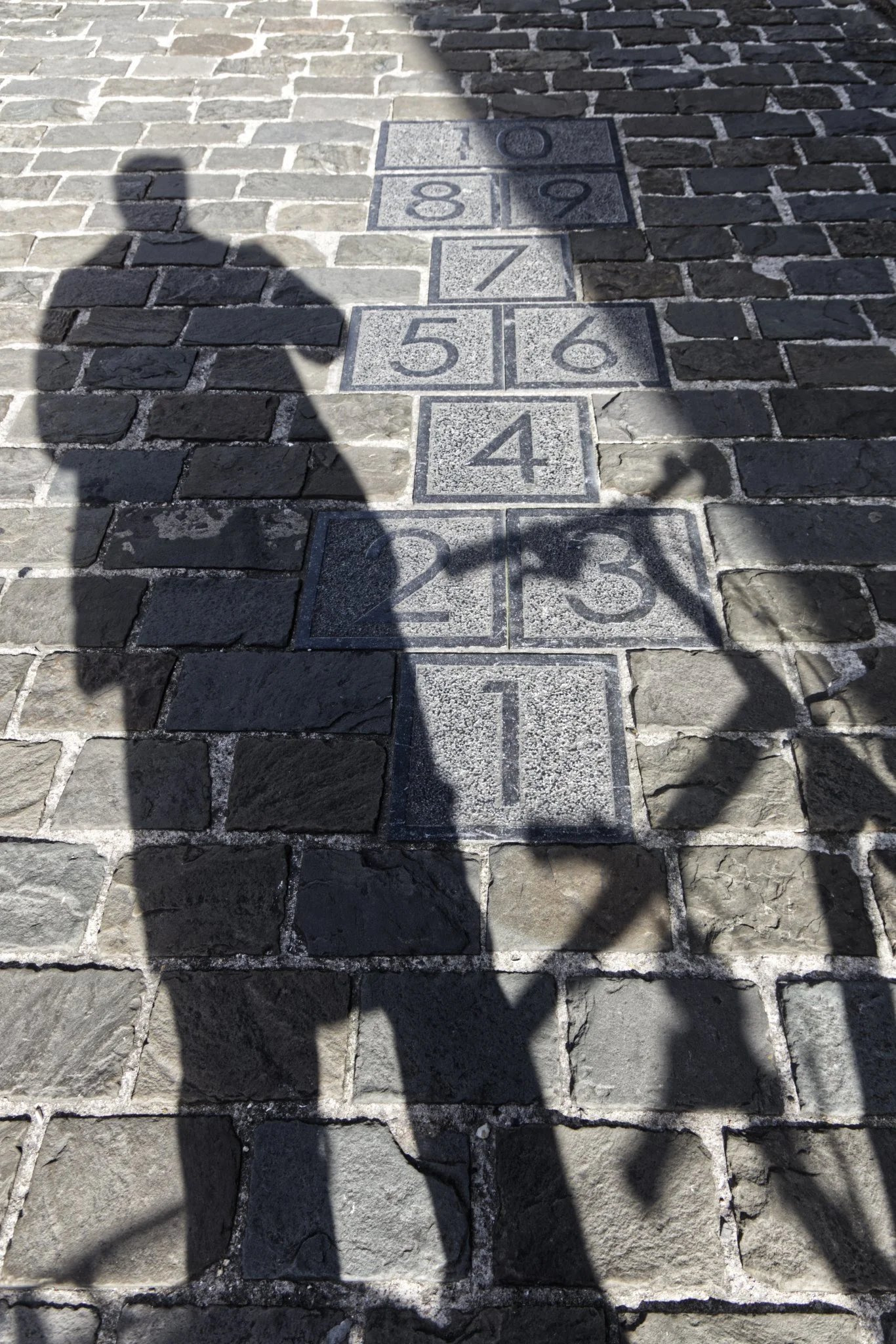


Then to the chocolate museum to learn about… chocolate. It’s brown and comes in squares. See the museum for futher details.



A long lay in, then a walk n the forest we can see from the window. Then into town to get food for fridge.
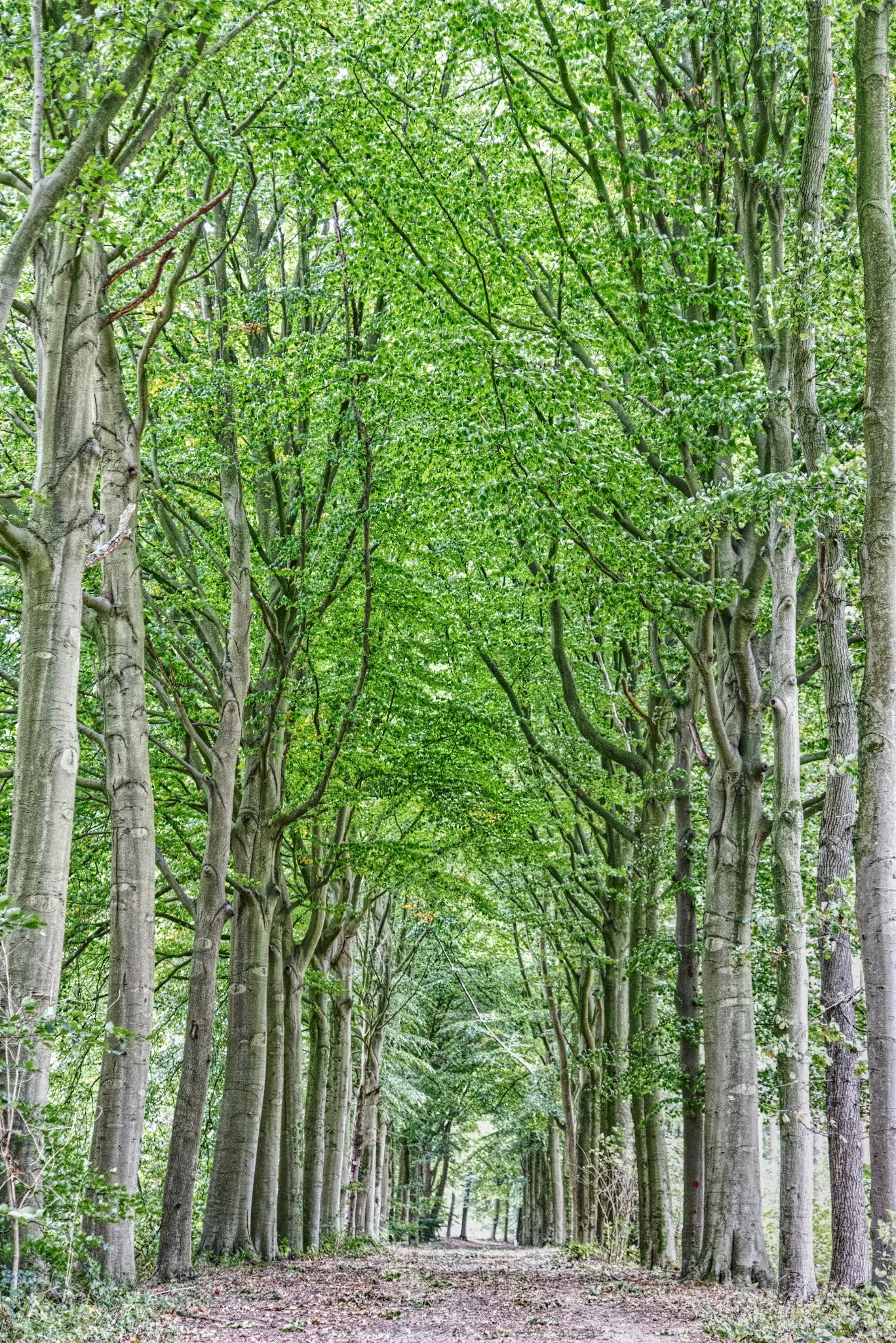
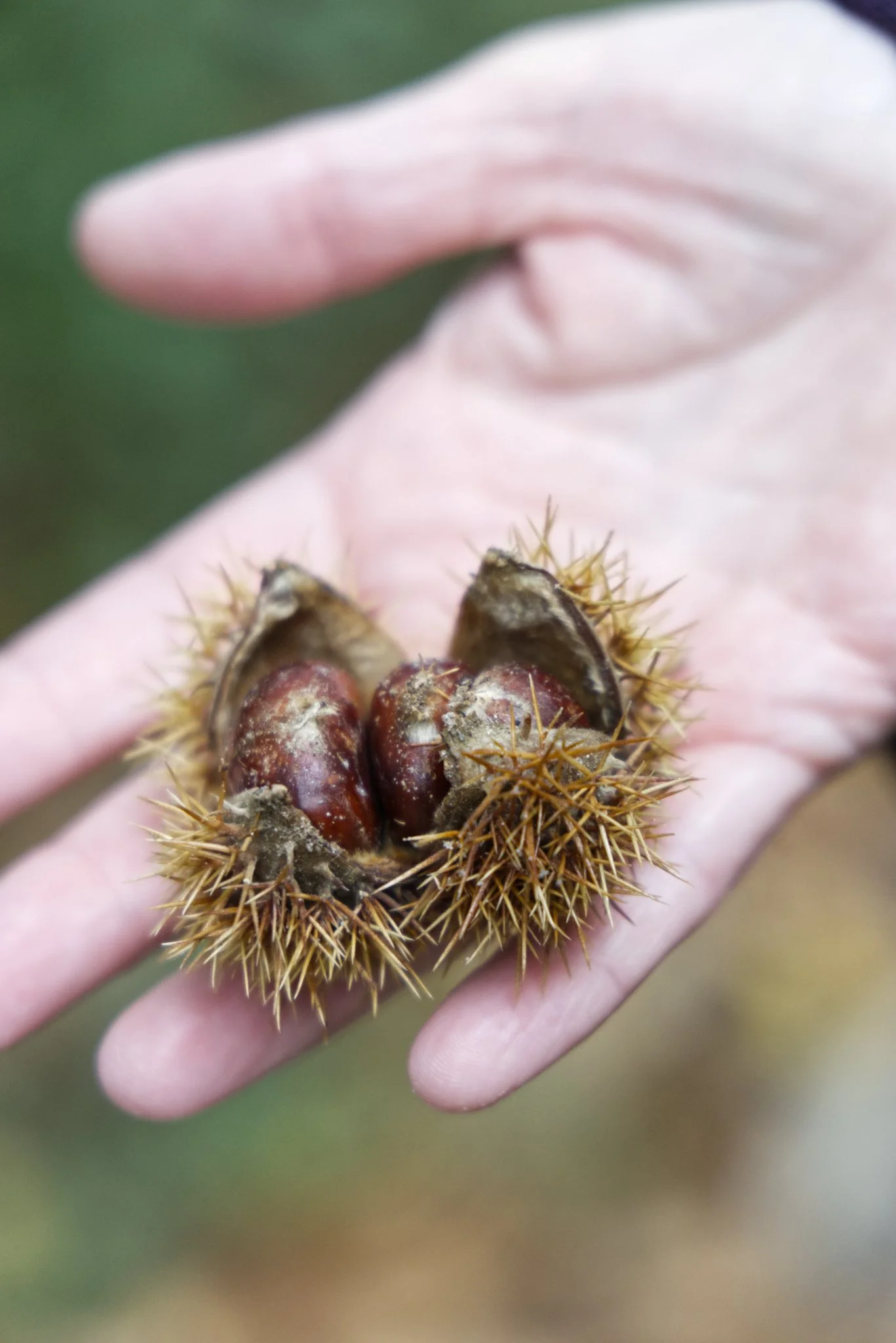


An evening walk in the grounds of the hotel.
Up at 4am or so. In the car by 5am. On the Eurotunnel train by 820am.
An hour change, so by 11am we were at the Art Museum in Dunqueque with it’s poppy exhibition outside, and colour art (and six foot projected owl.) Then a walk along the beach with it’s various memorials to WWII.
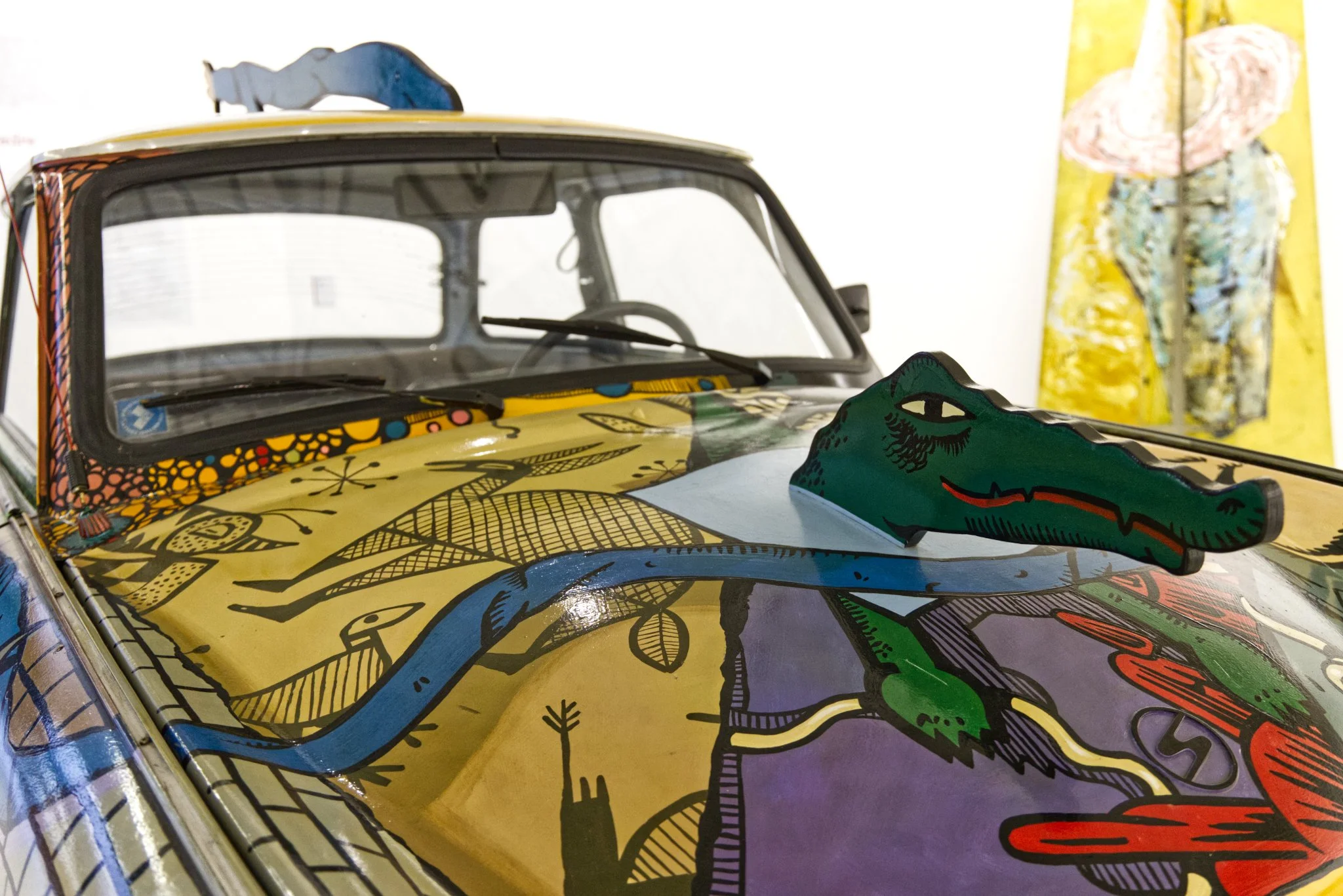
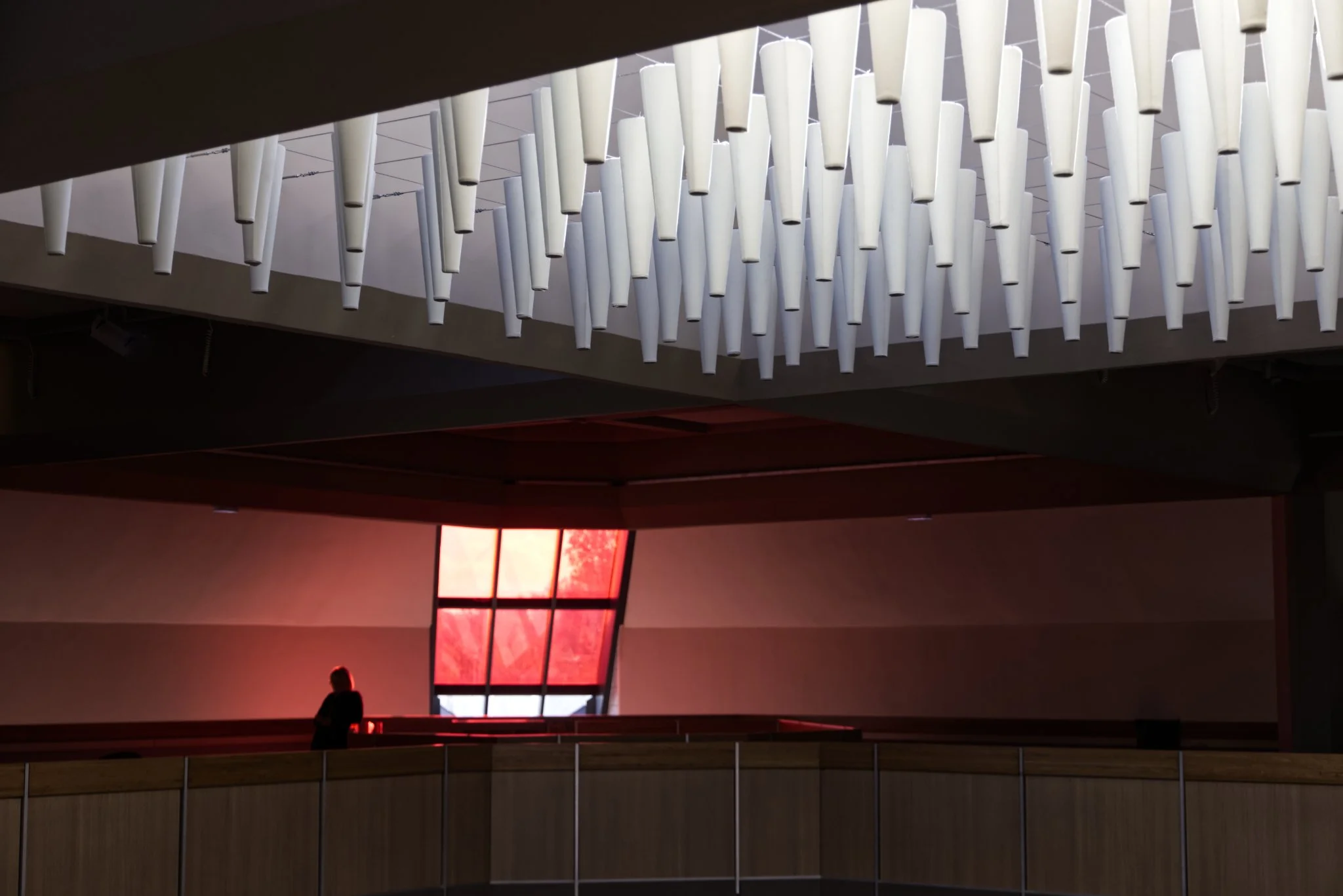
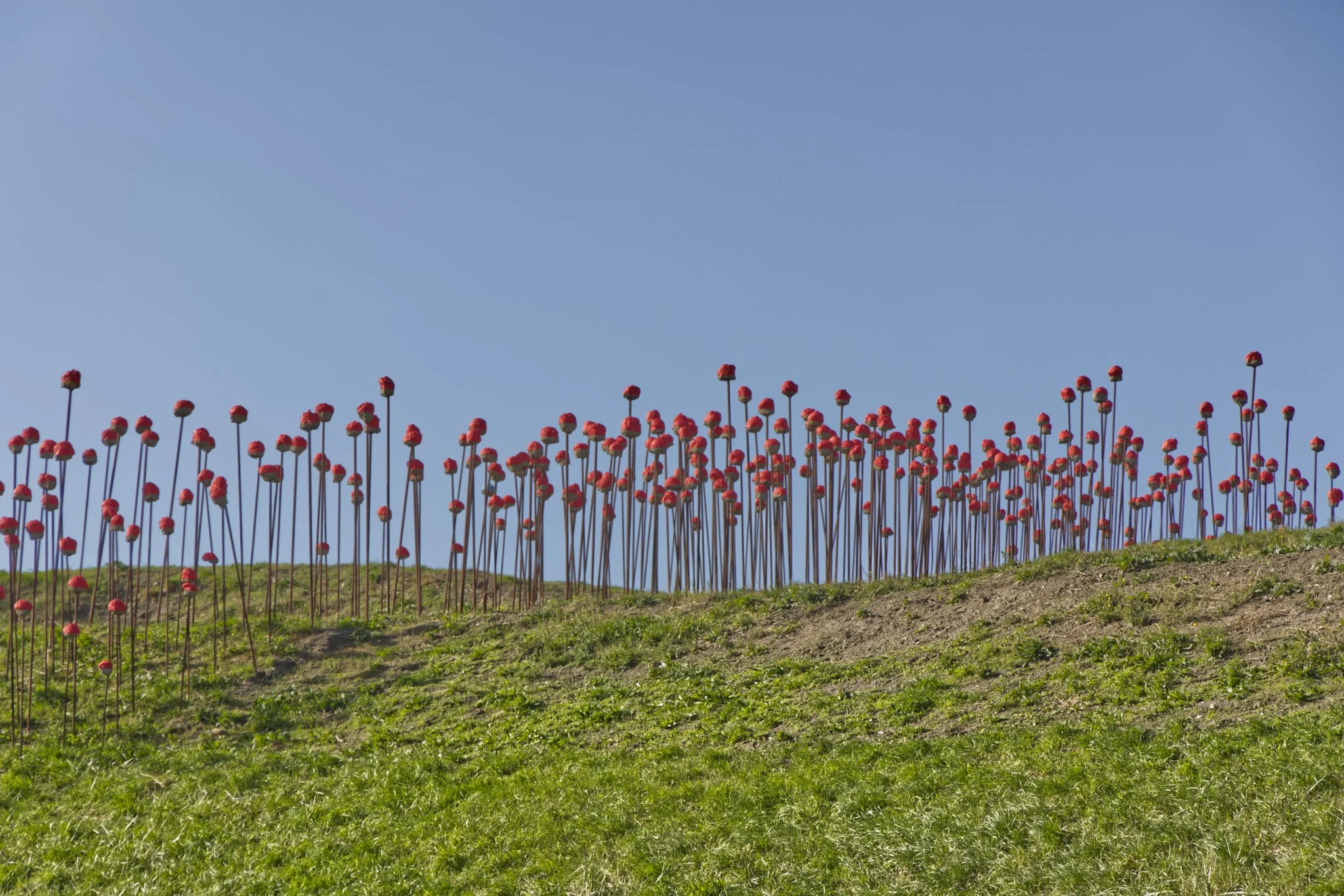
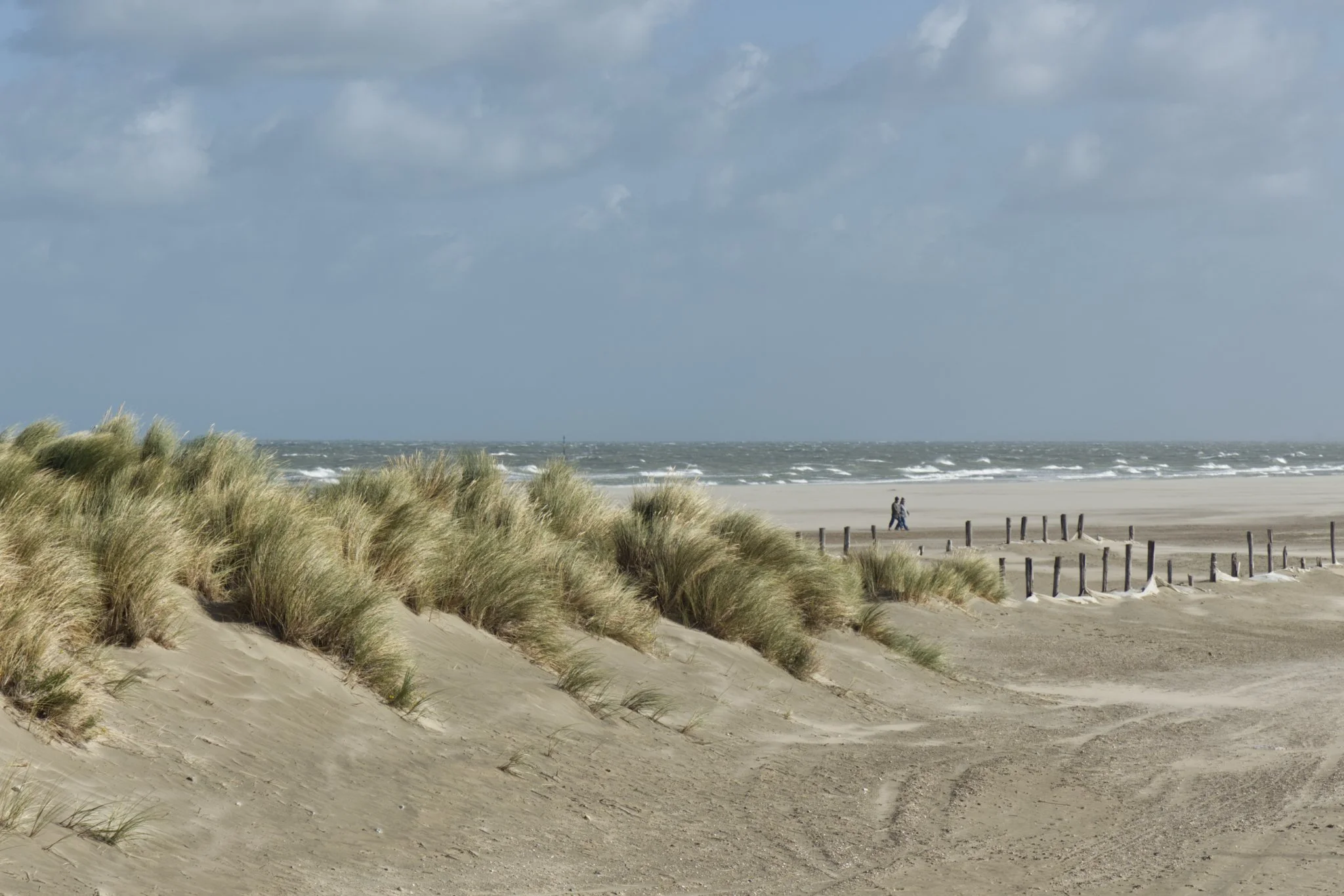
It was only about an hour to the first hotel so we stopped off the get milk, break and a few things. The loaves were unsliced and you threw them into a machine and it sliced it for you.
There are only five apartments in the hotel so it’ll probably be nice and quiet.

It’s a nice room but if there’s a fire I think we need to wait until someone brings a ladder.
